Speed Limit Signs
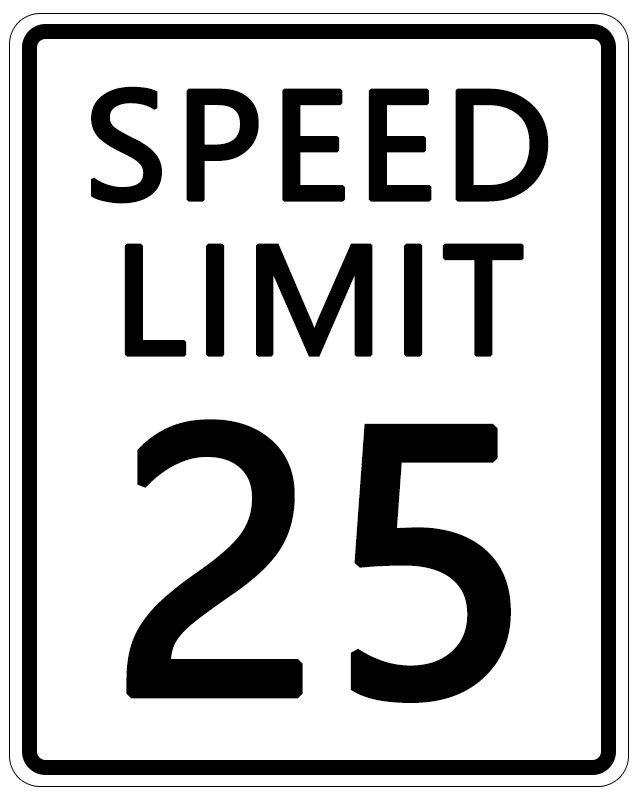
Official Speed Limit Signs are crucial in maintaining order and safety on our roads. As authoritative indicators of legal speed limits, they inform drivers about the maximum permissible speeds for specific areas. Official Speed Limit Signs are carefully determined based on road design, traffic volume, and pedestrian activity, ensuring safer driving conditions. These signs promote uniformity in speed regulation, reducing confusion among drivers and creating a standardized approach to road safety
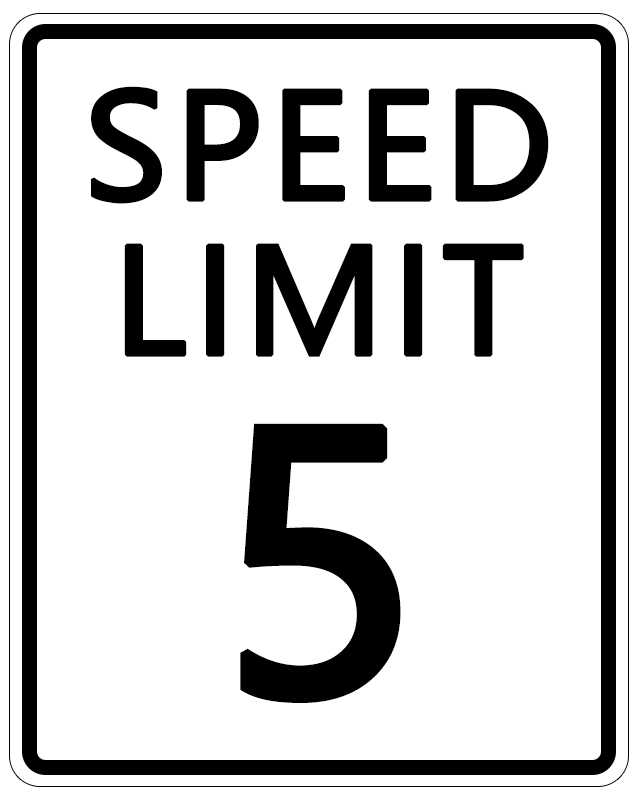
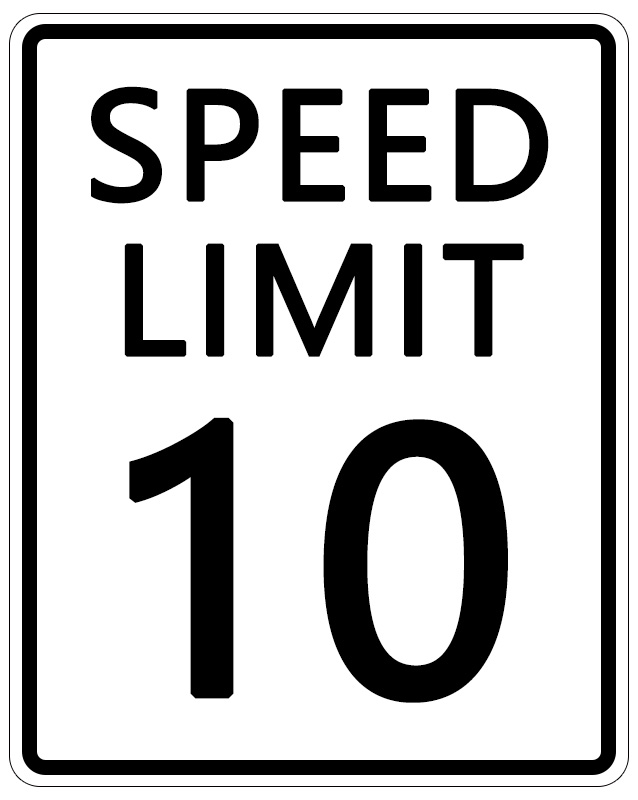
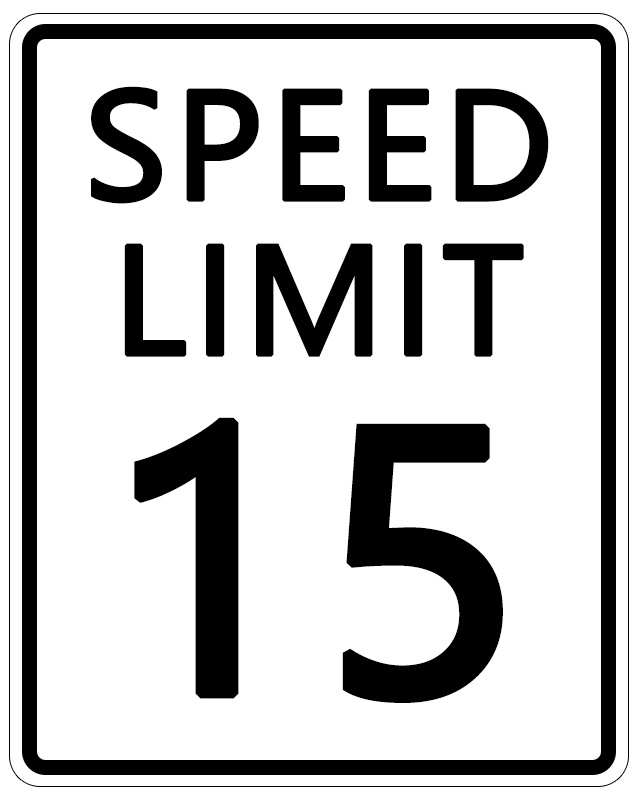
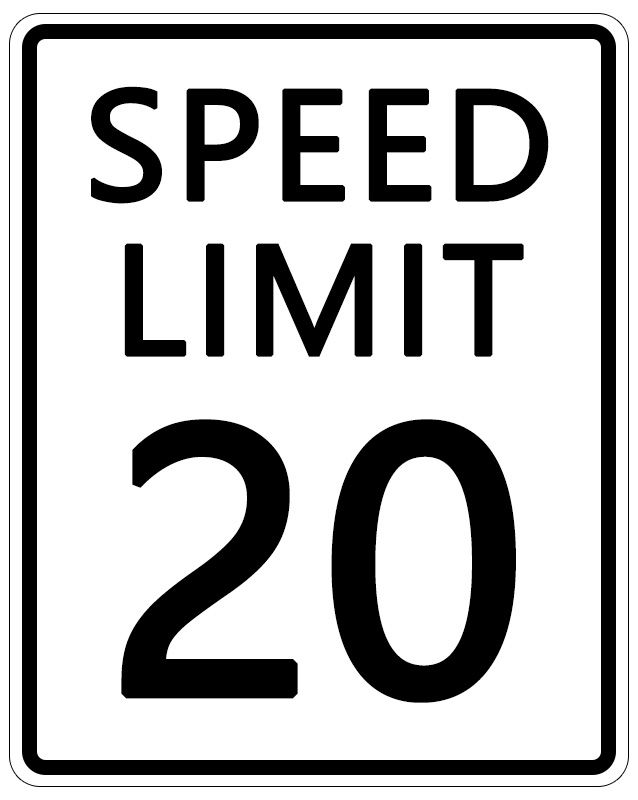

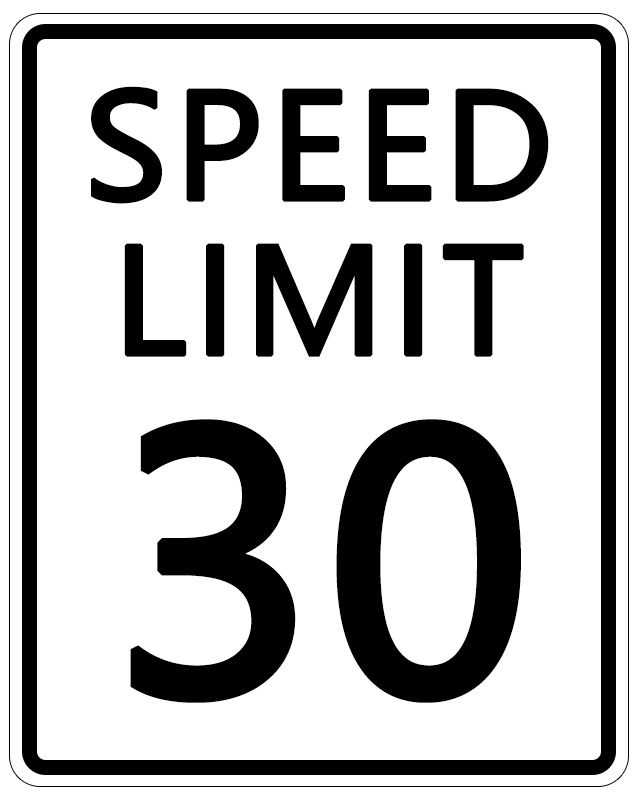
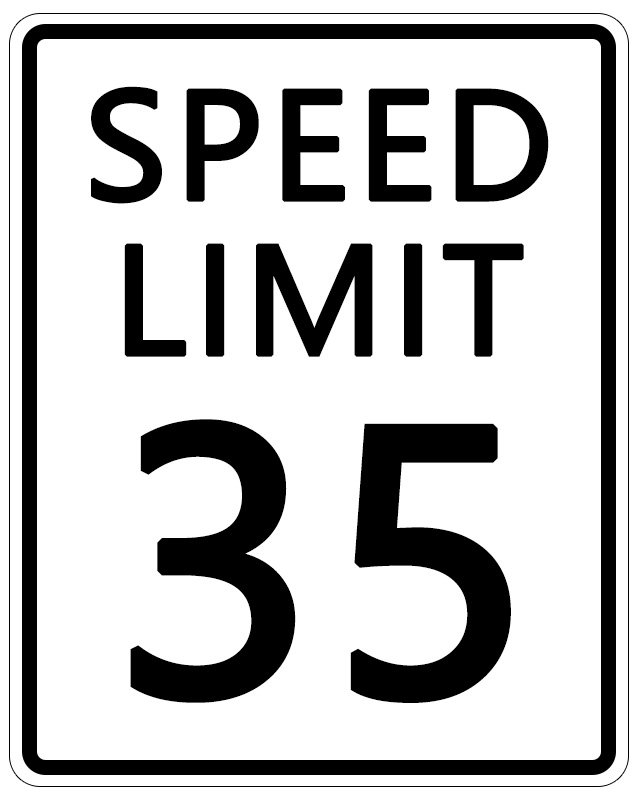
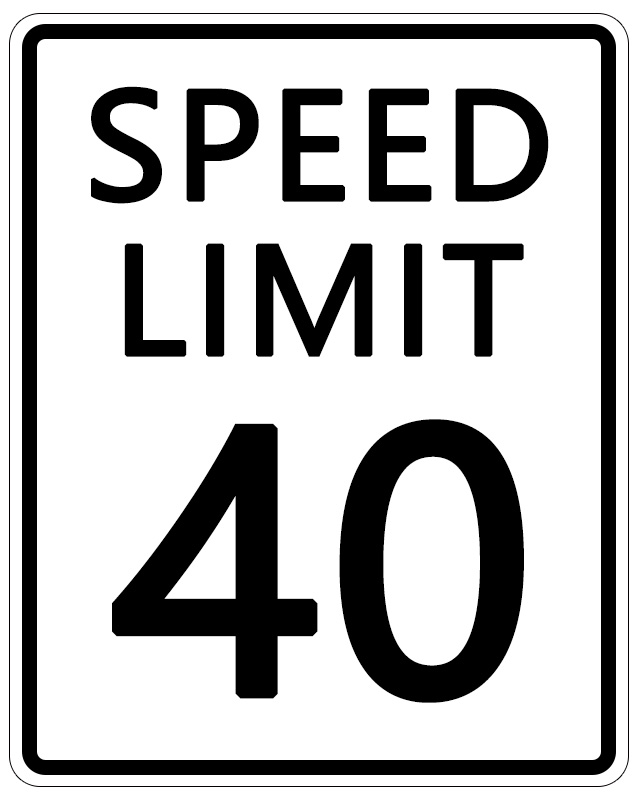
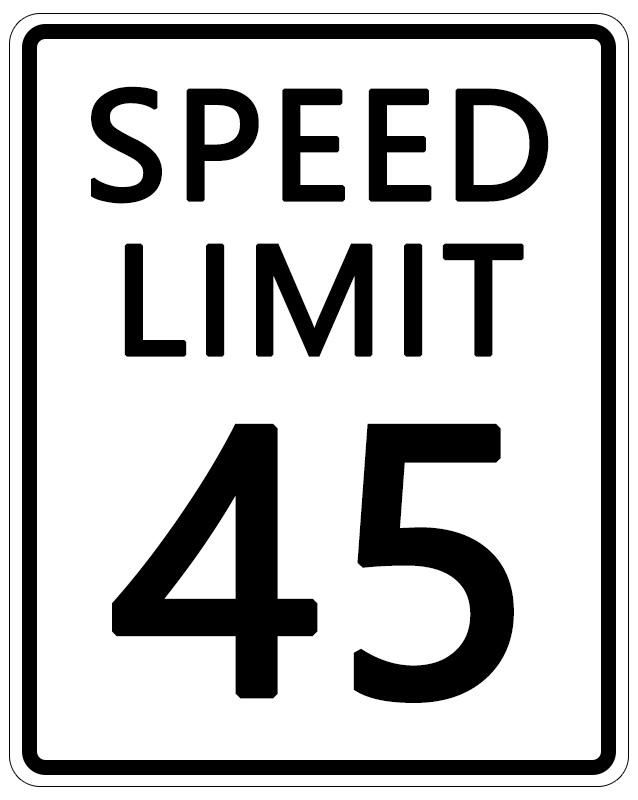
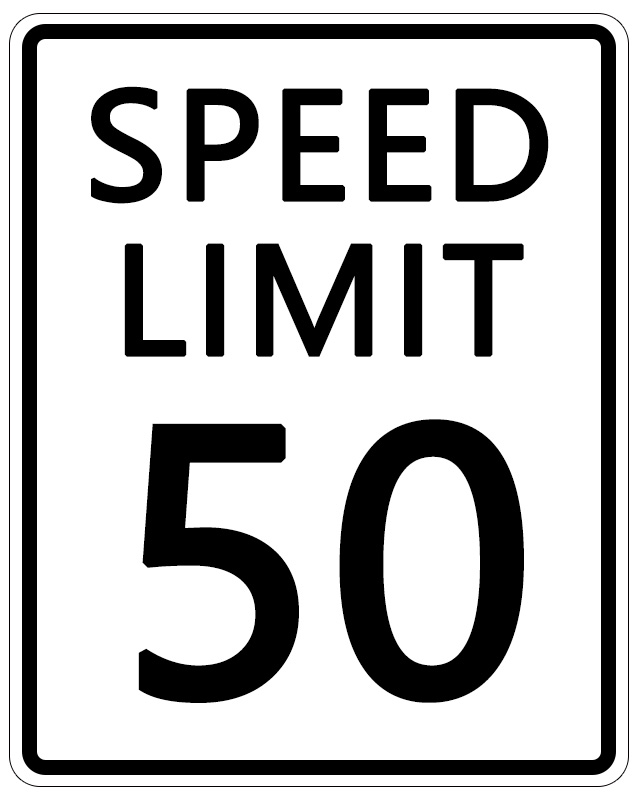
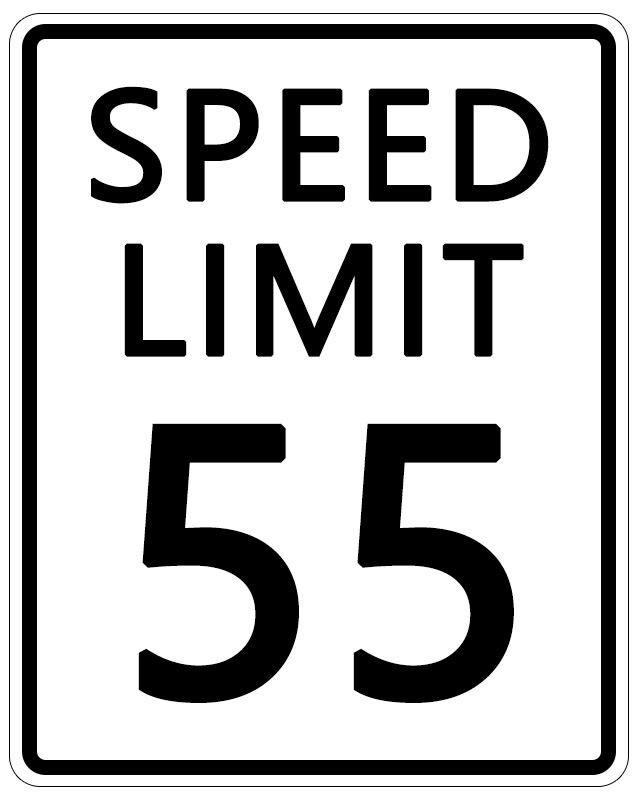
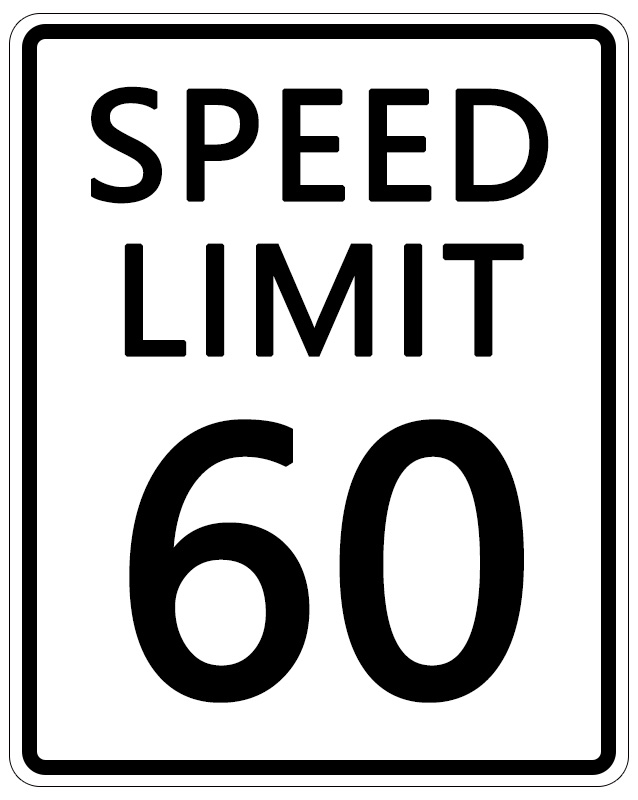
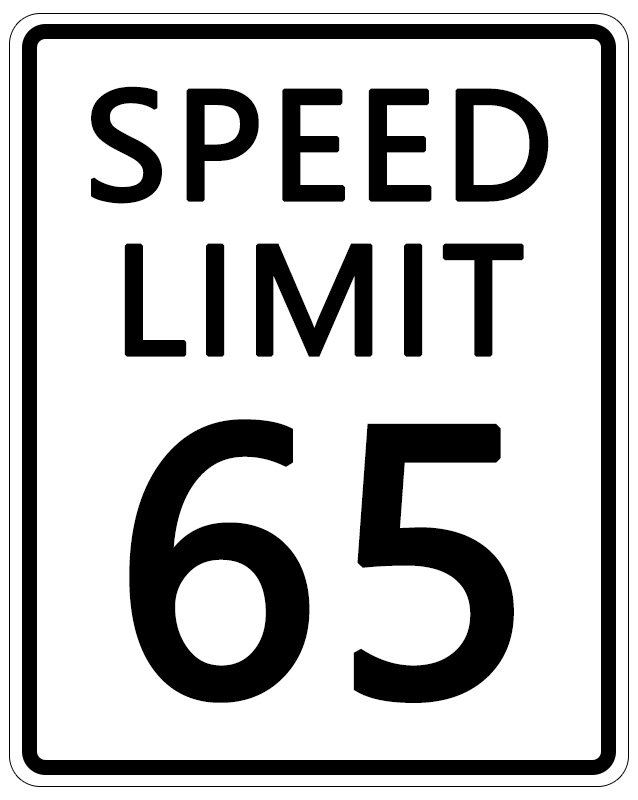
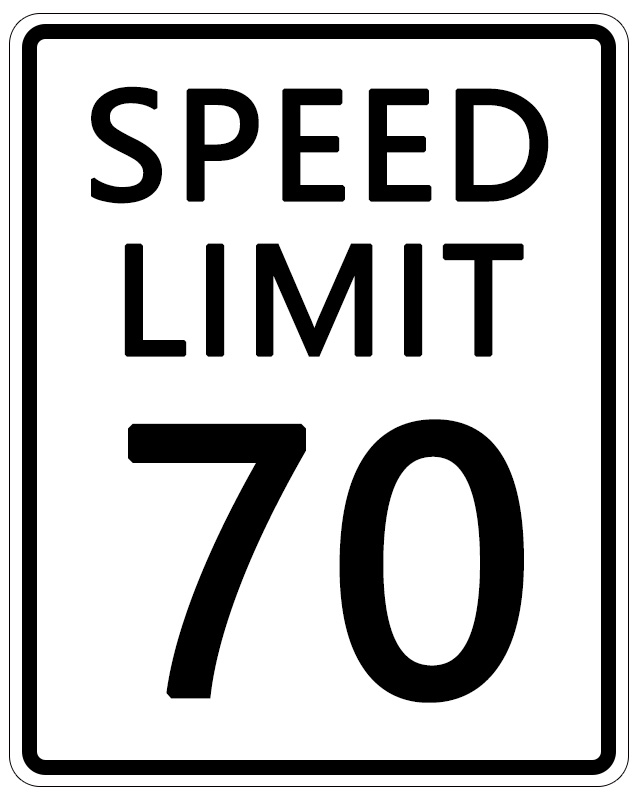
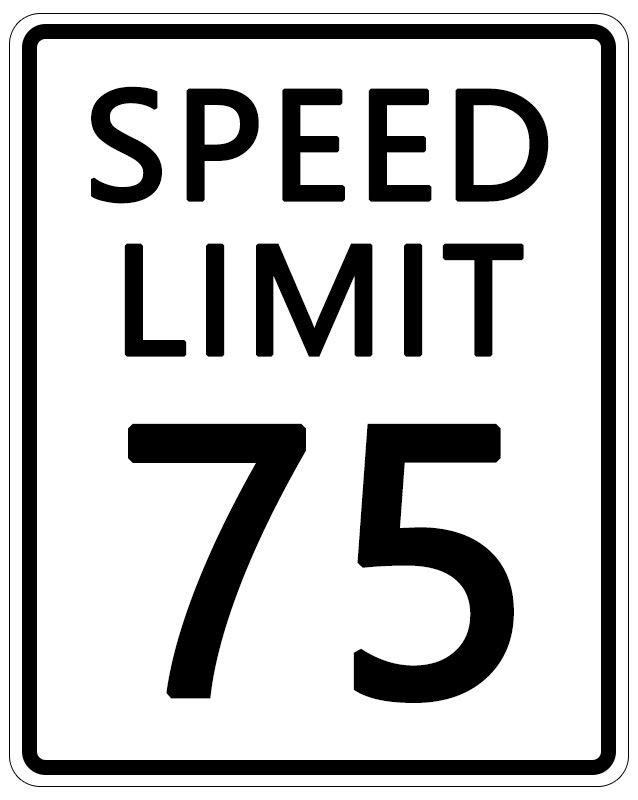
The bright yellow color stands out, capturing drivers’ attention and emphasizing the need for heightened awareness and reduced speeds. These Signs prompt drivers to exercise caution, adjust their speed, and remain alert to unexpected road conditions or potential dangers ahead.
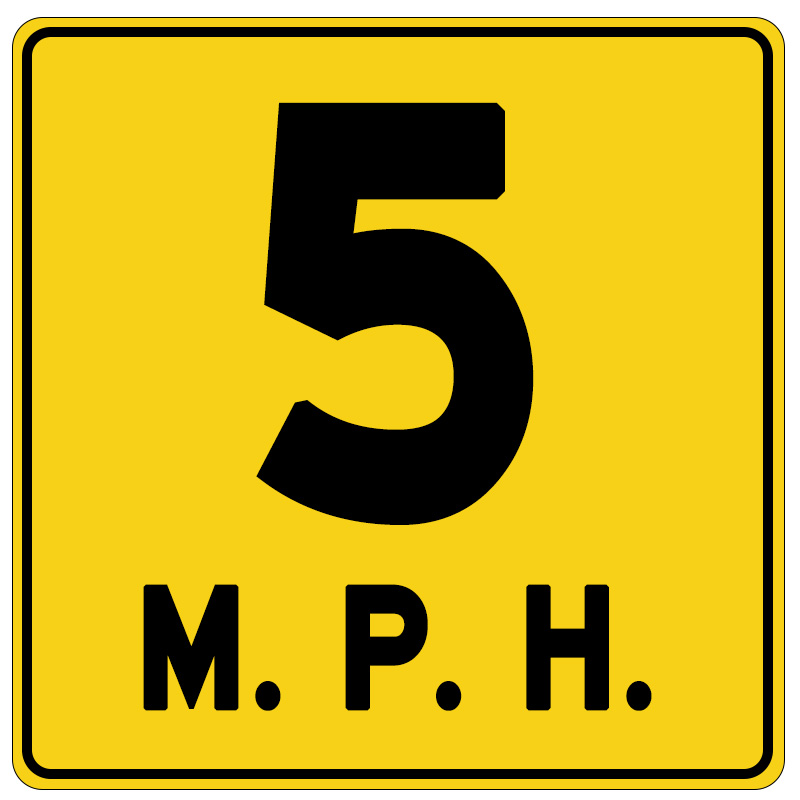
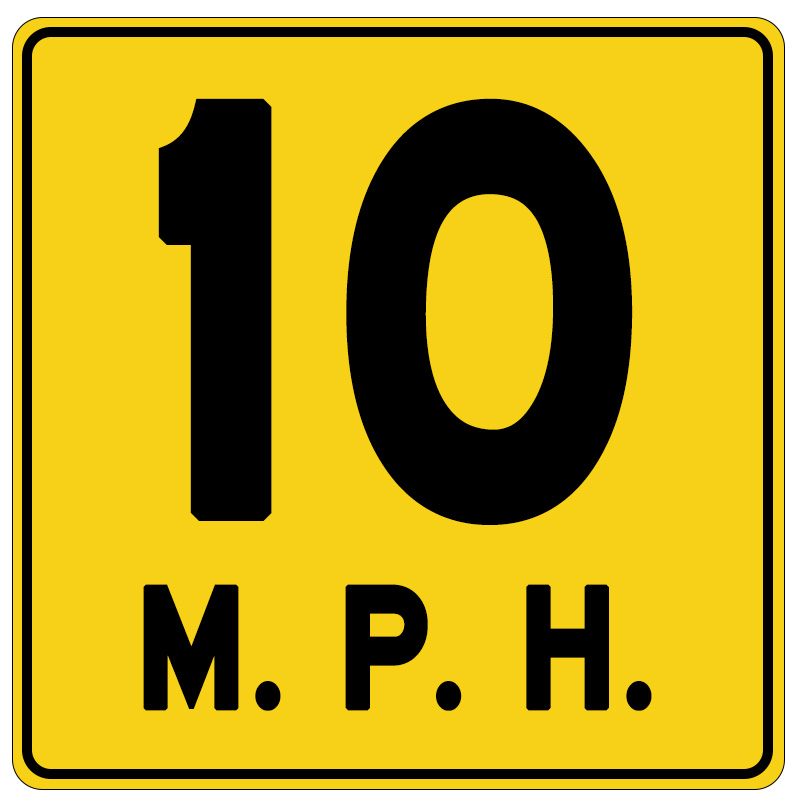
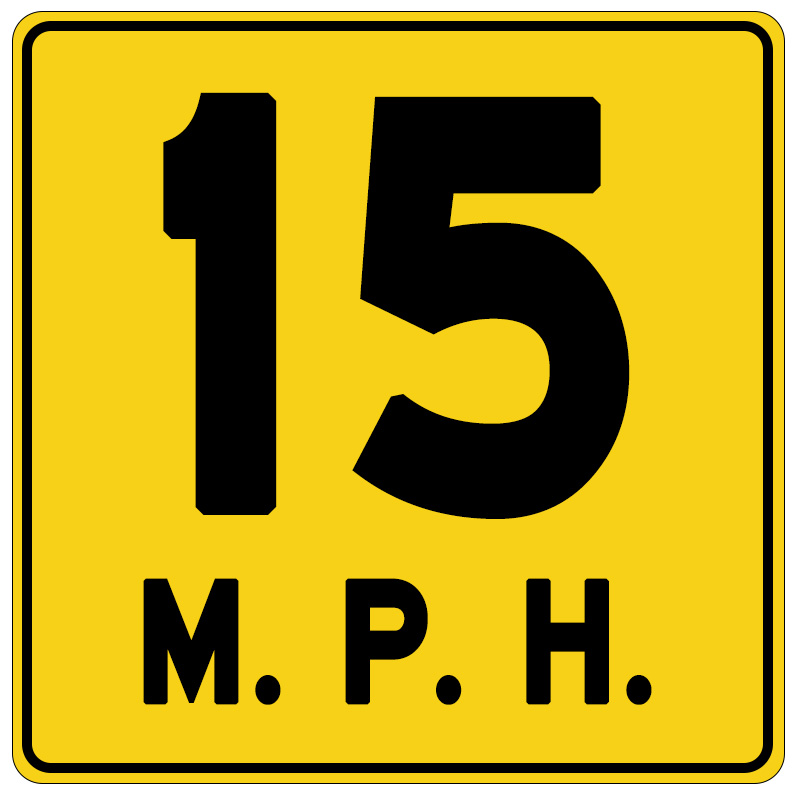
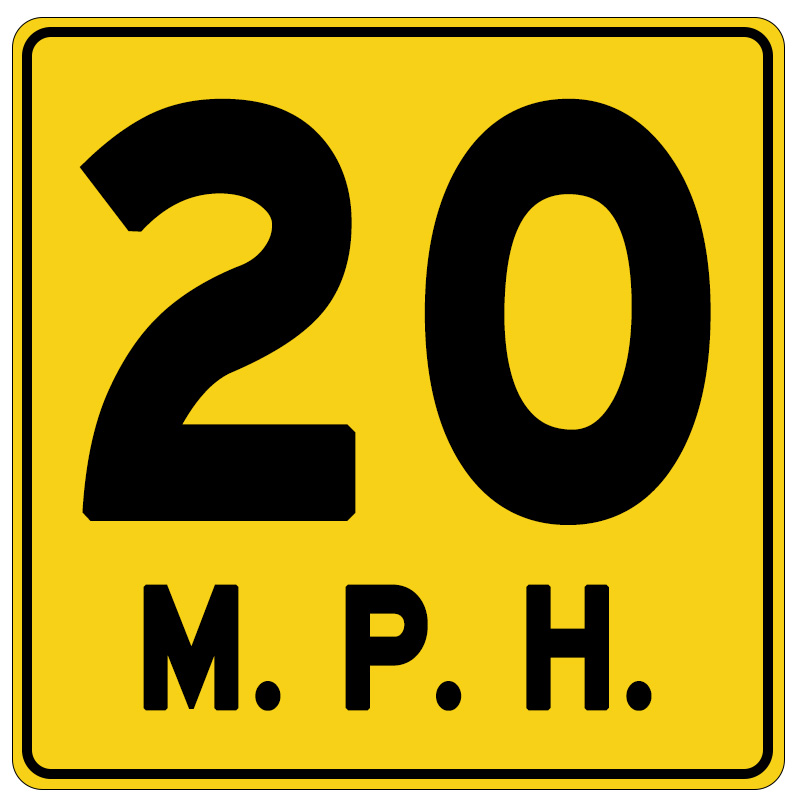
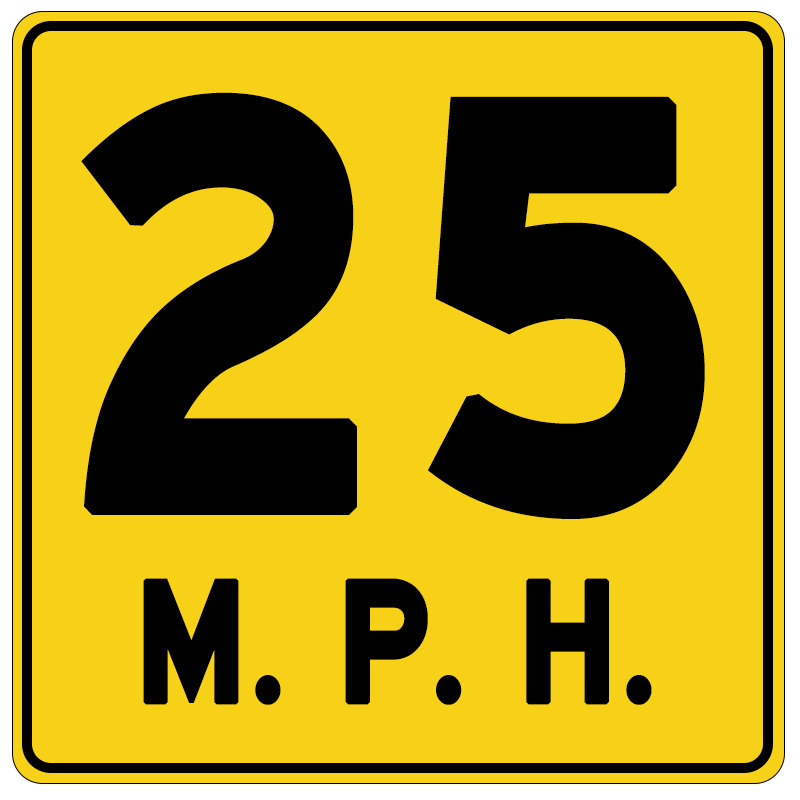
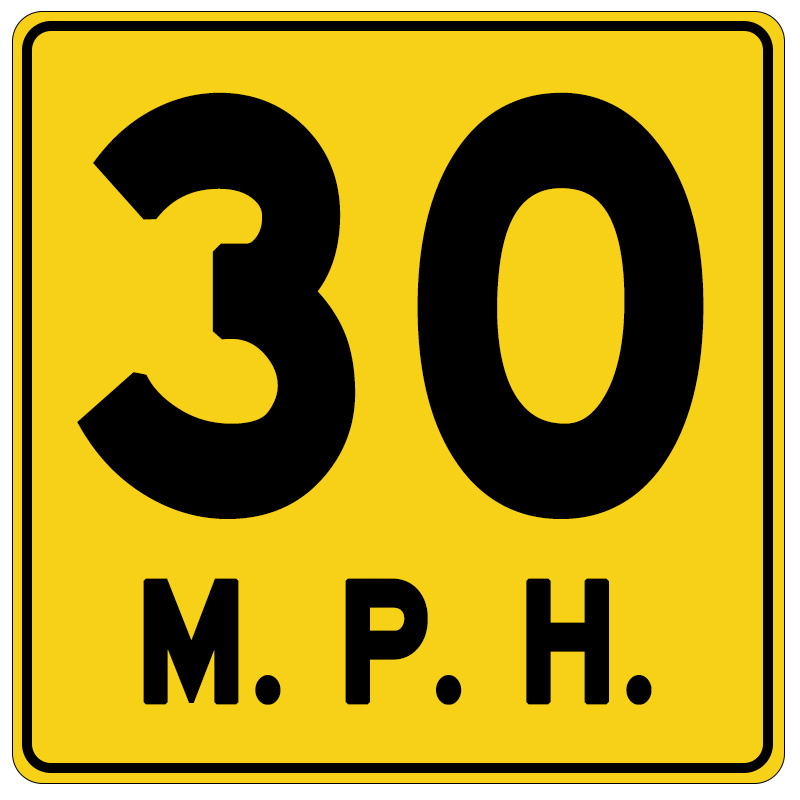
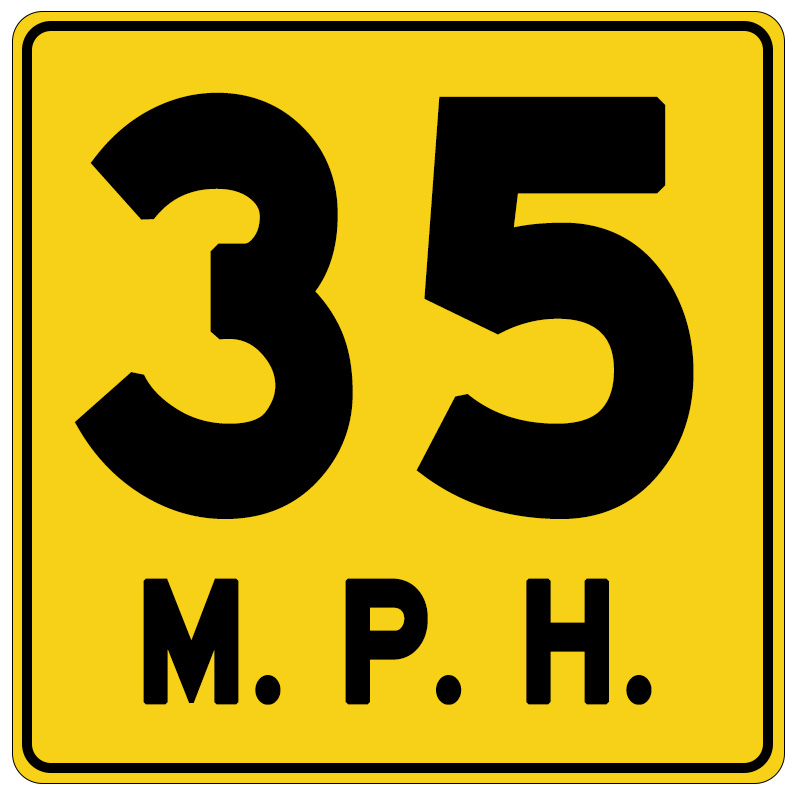
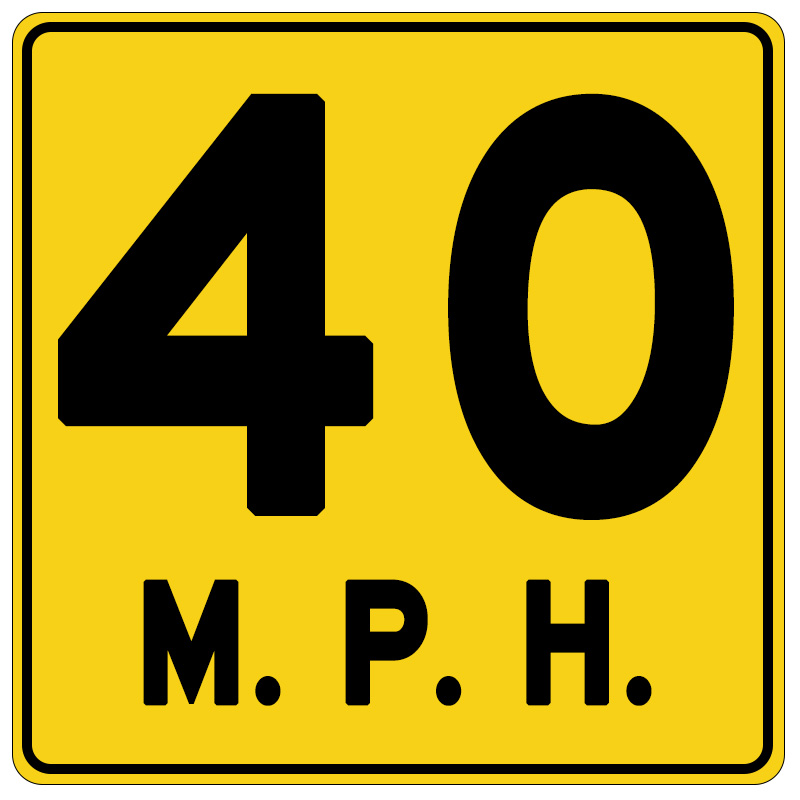
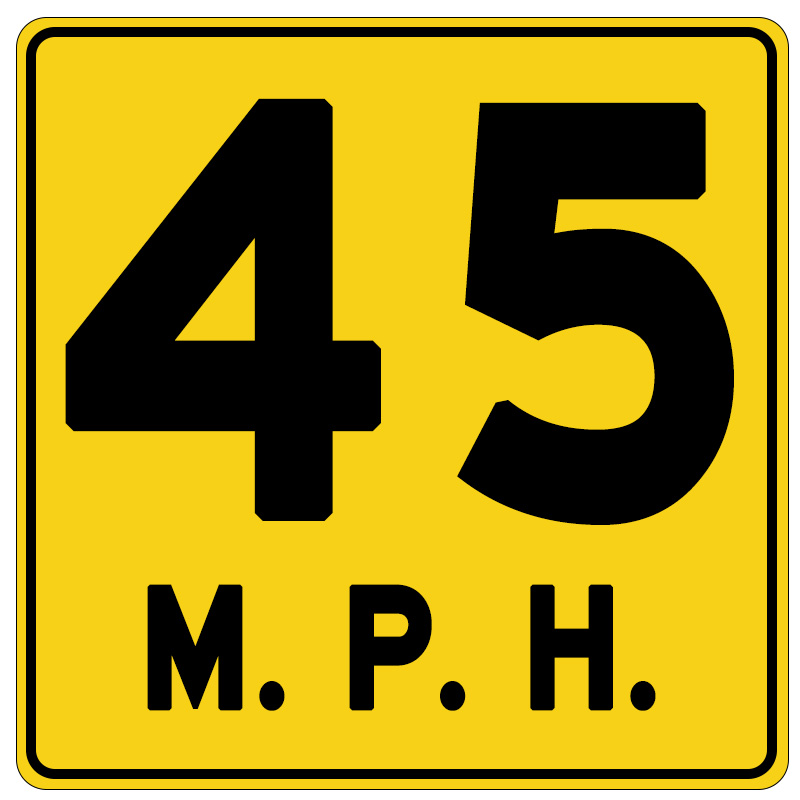
The combination of arrows and speed limit information in these signs attracts attention and prompts drivers to focus on their intended lanes, facilitating safer and more attentive driving. Clear speed limit instructions for specific routes assist in preventing congestion caused by drivers traveling at inconsistent speeds, optimizing traffic flow, and reducing the risk of accidents.
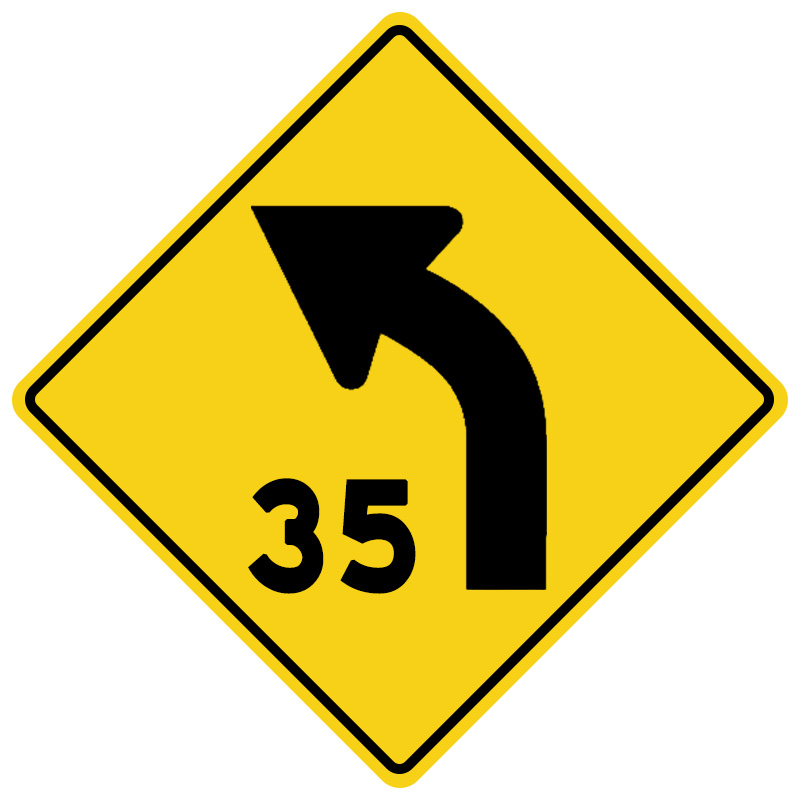
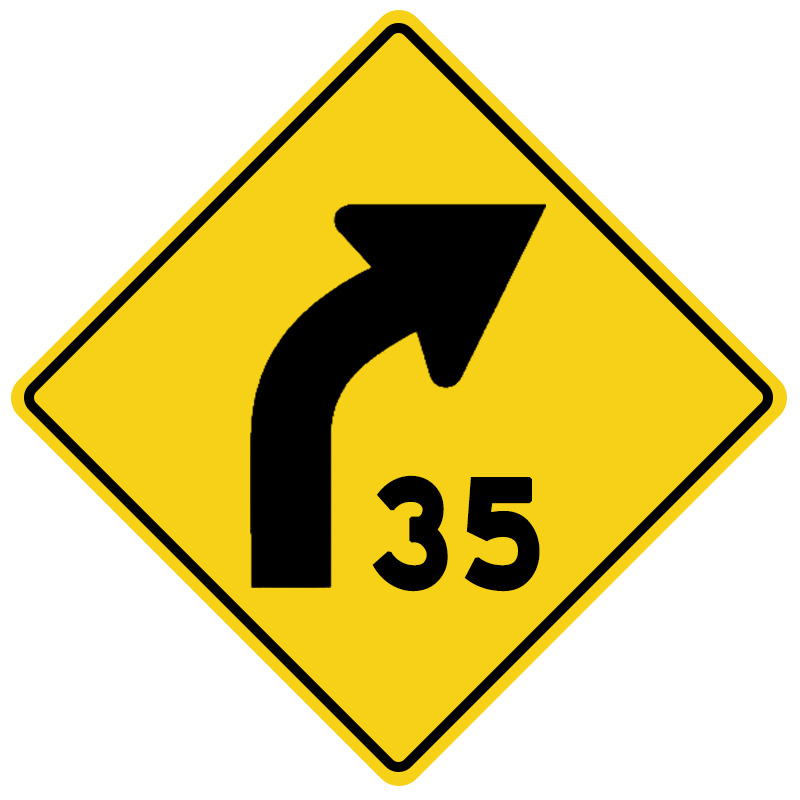
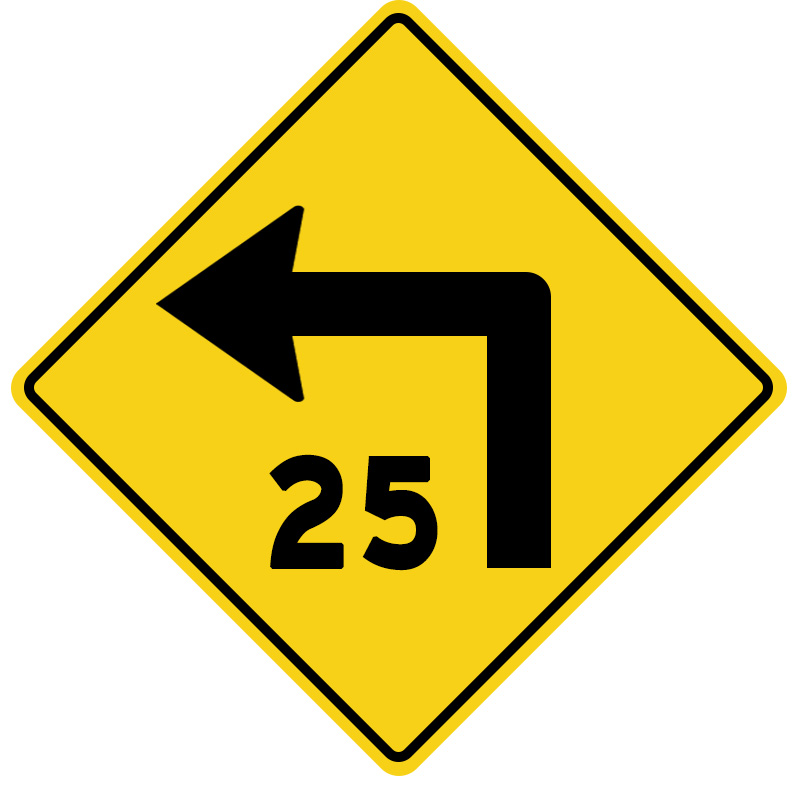
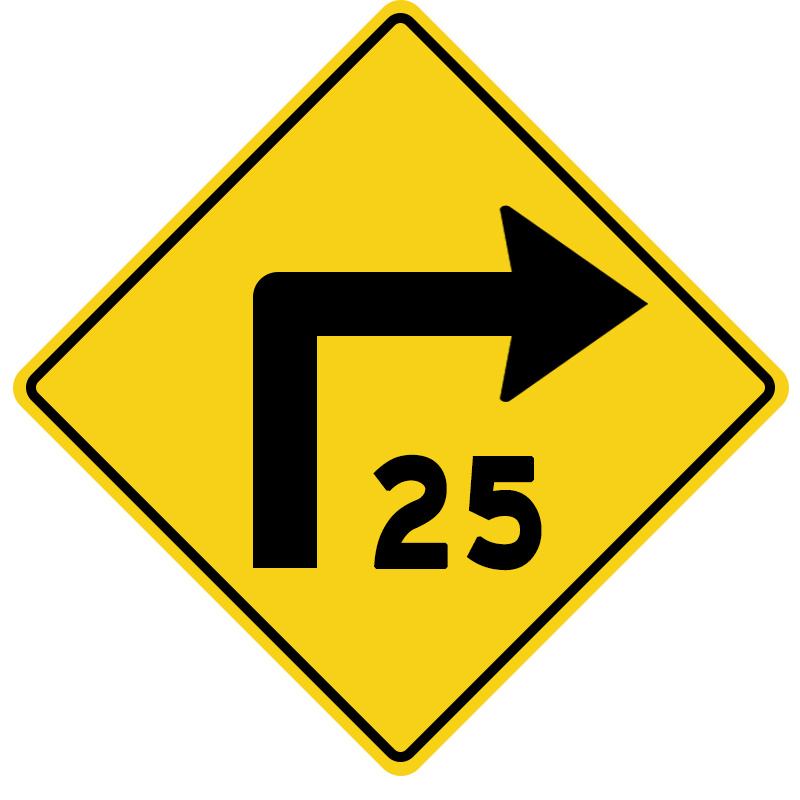
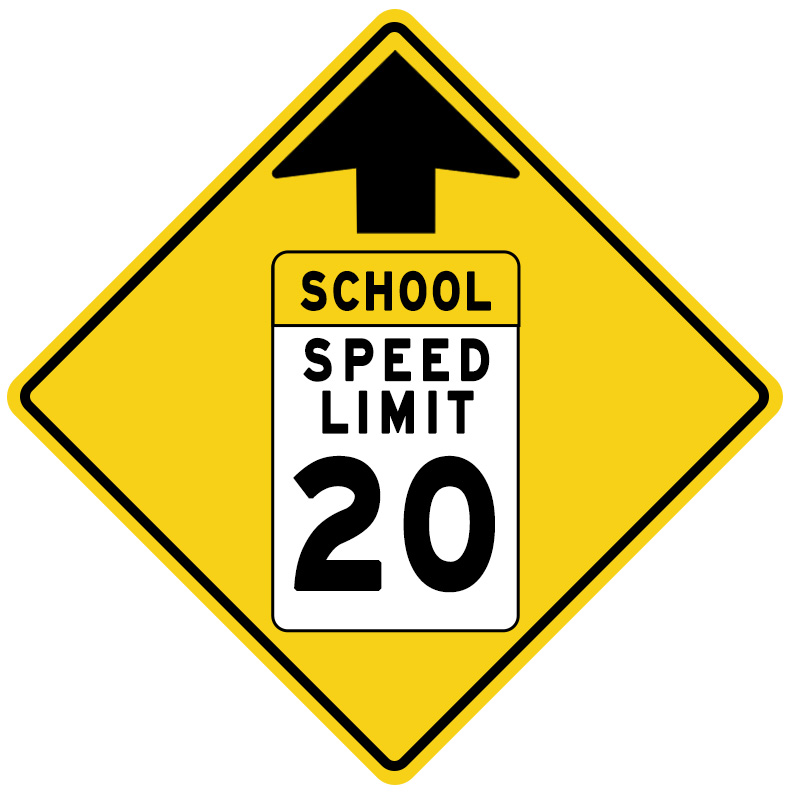
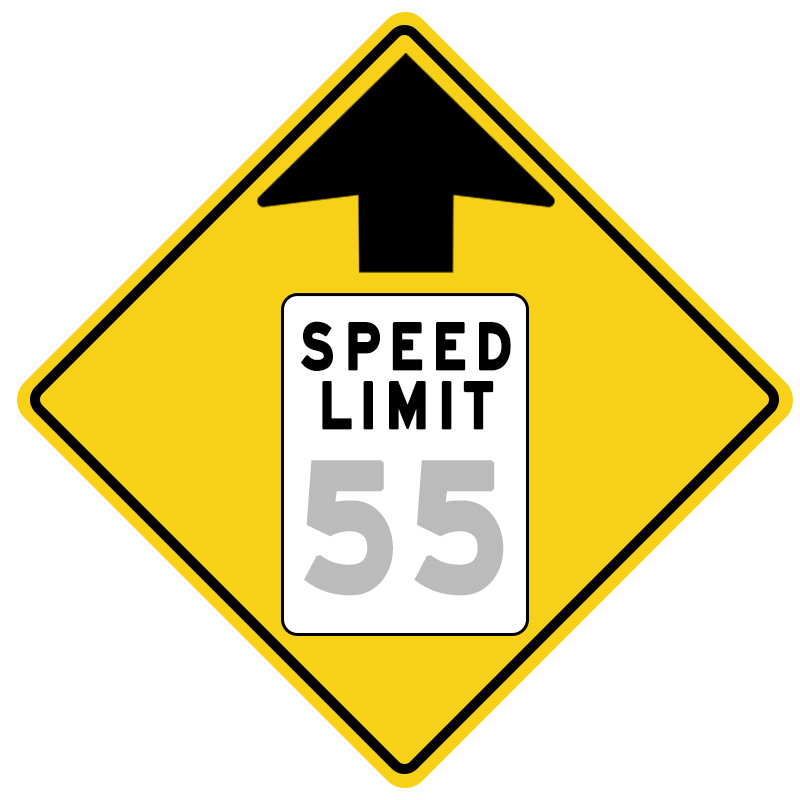
Speed bump signs typically feature a symbol or graphic representation of a speed hump, often accompanied by text indicating its presence. The signs are usually reflective and easily visible to drivers, especially during nighttime or low-light conditions. Failure to comply with speed hump signs can lead to vehicle damage, discomfort for passengers, and potential hazards for other road users.
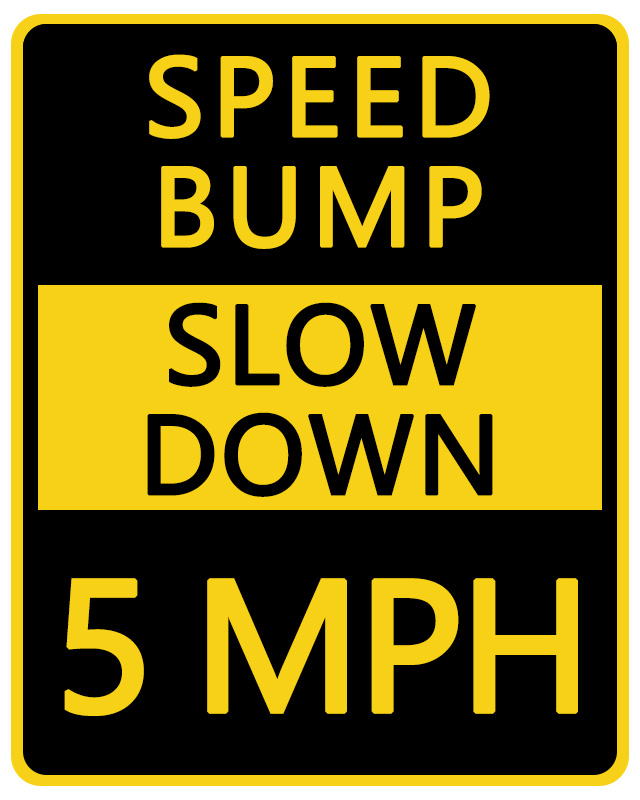
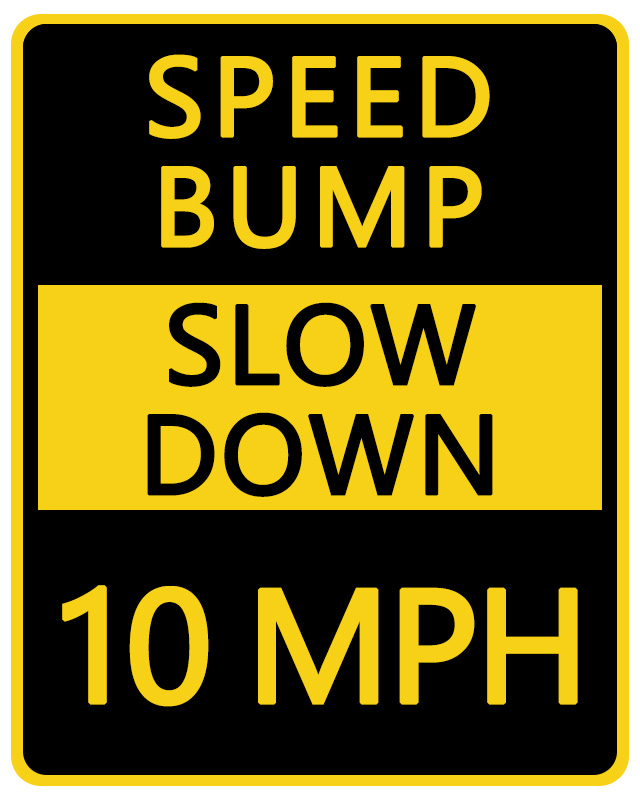
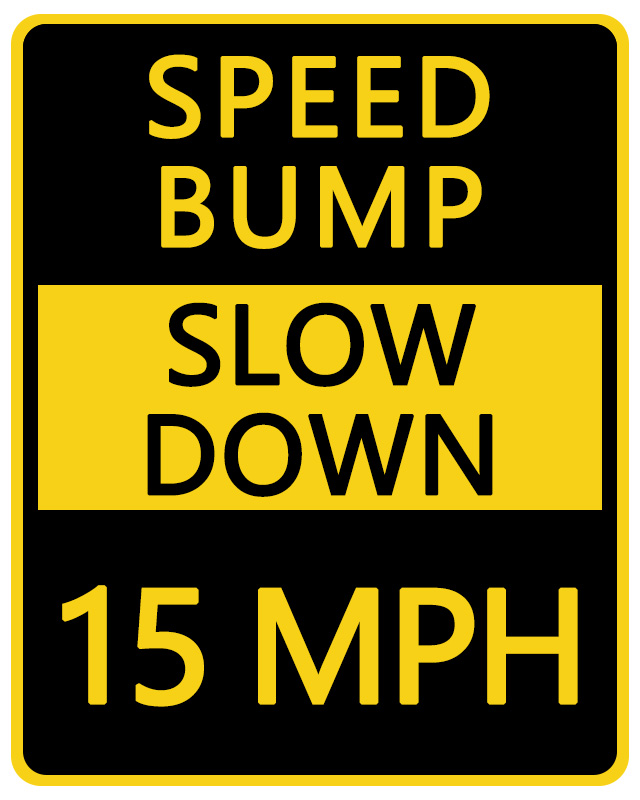
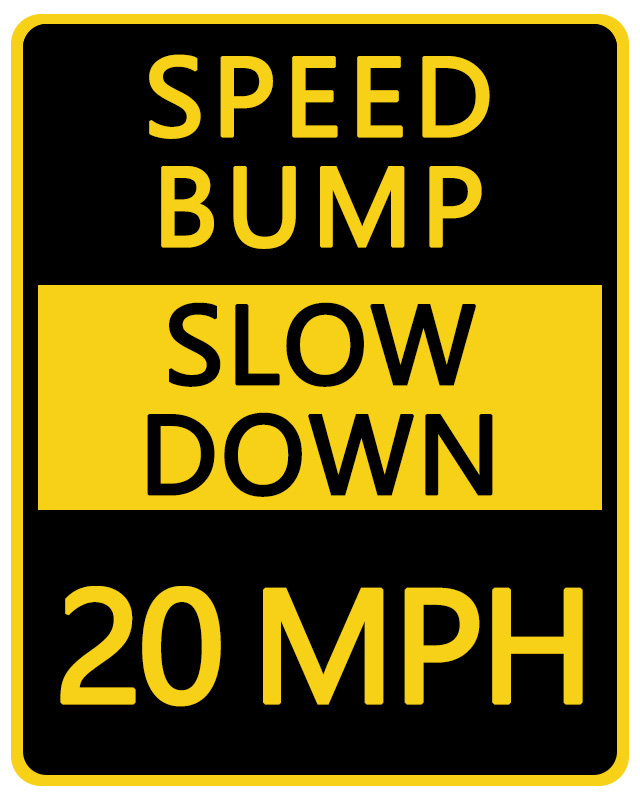
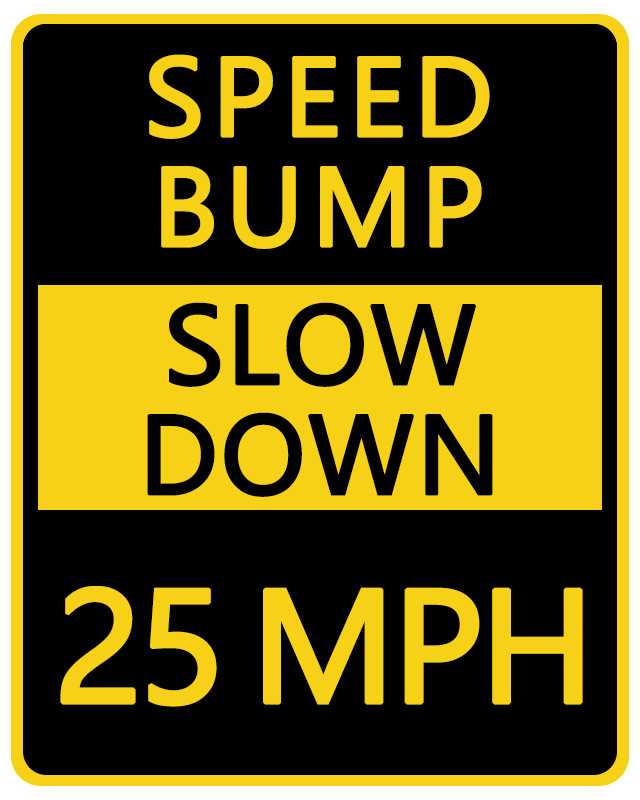
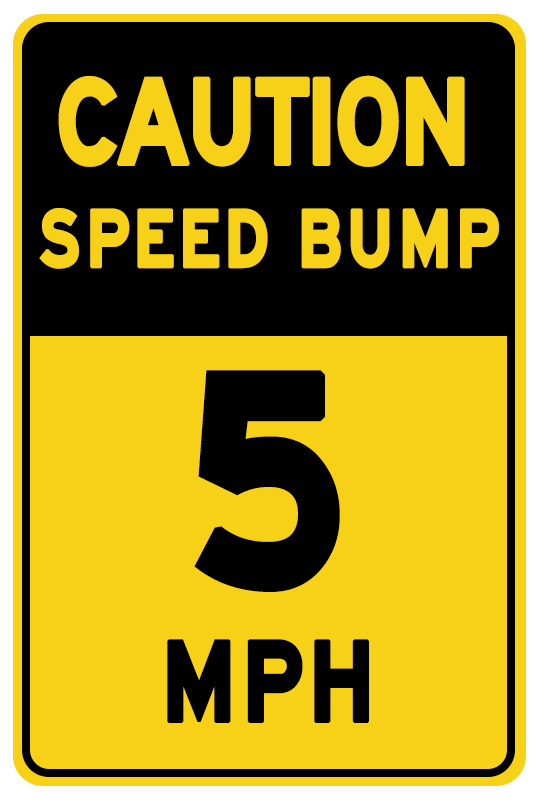
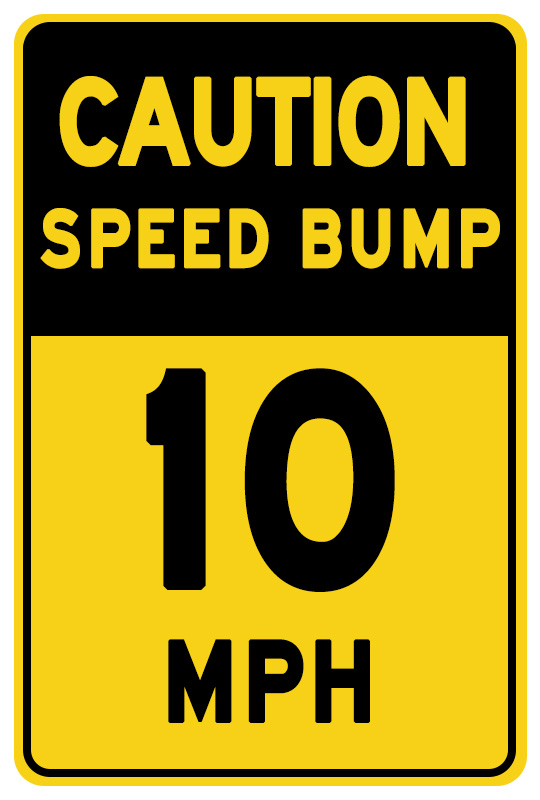
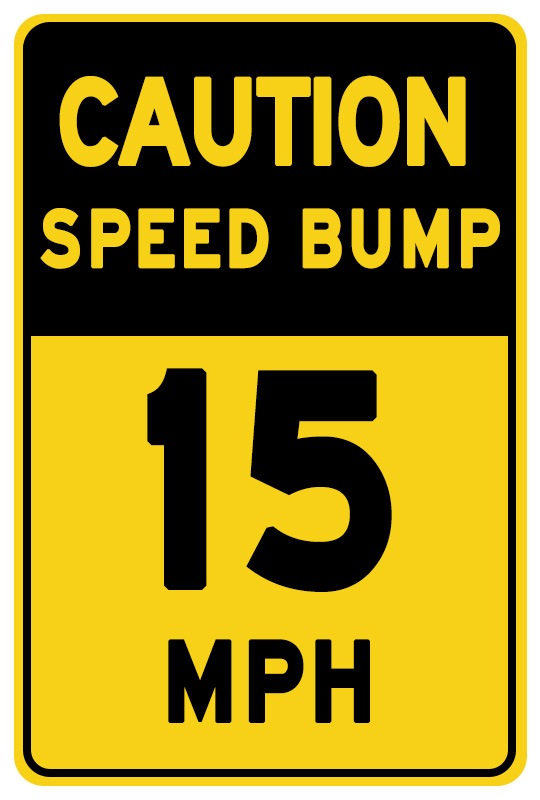
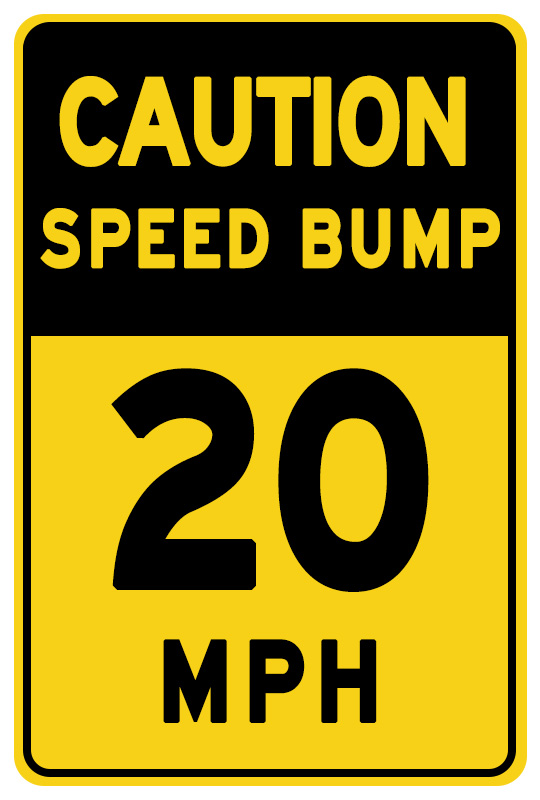
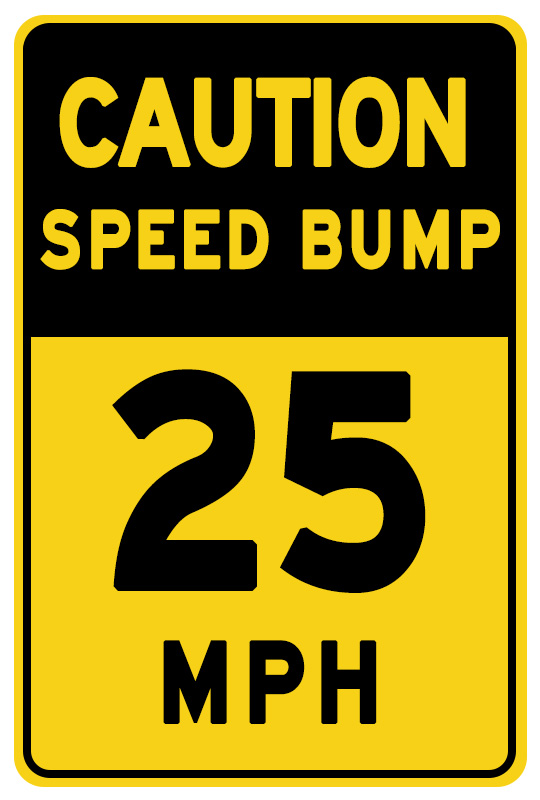
Slow Down Speed Limit Signs are essential tools for road safety, reminding drivers to reduce their speed. They help prevent accidents, protect lives, and ensure a safer driving experience. Let’s explore the significance of these signs in promoting responsible and cautious driving. Benefits: Accident Prevention, Increased Pedestrian Safety, Improved Traffic Flow, Reduced Noise and Pollution, Enhanced Road Awareness, etc.
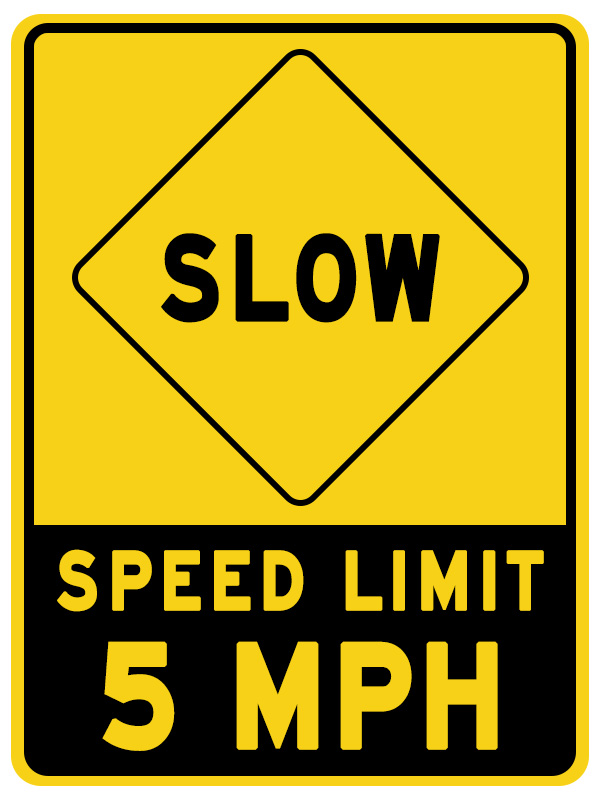
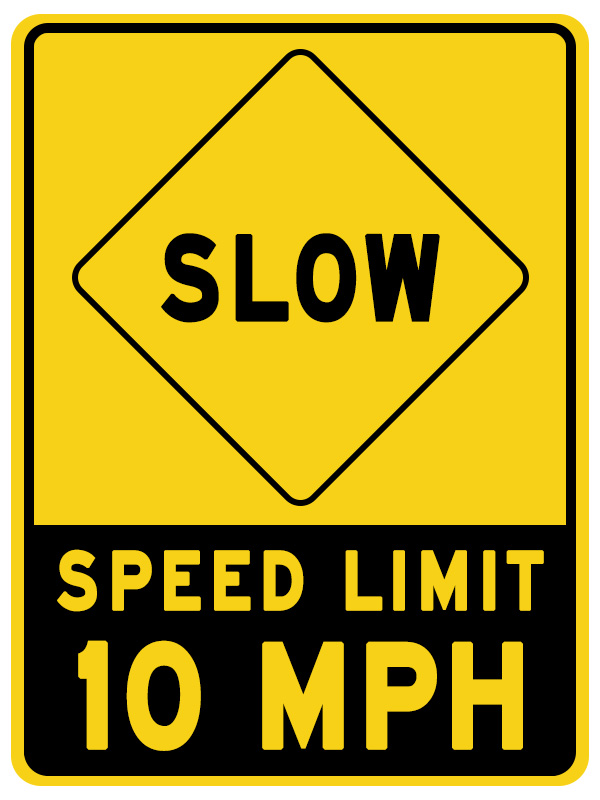
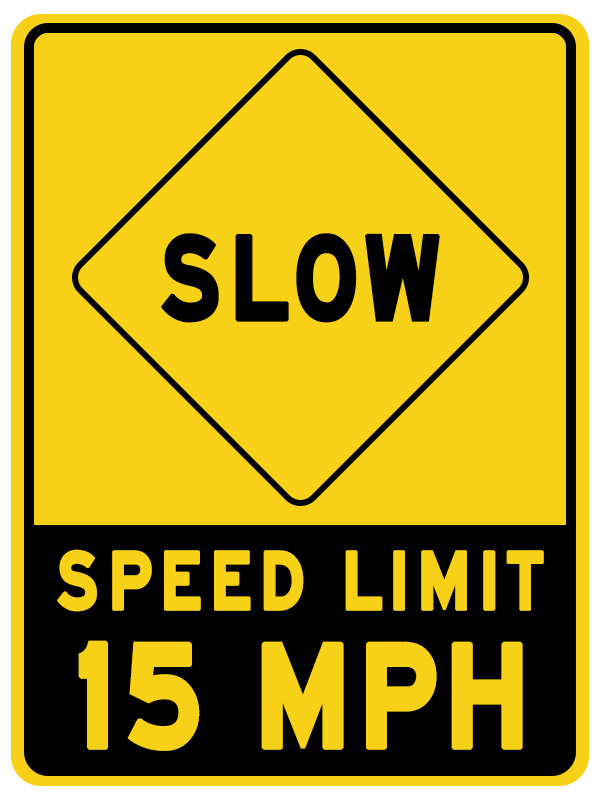
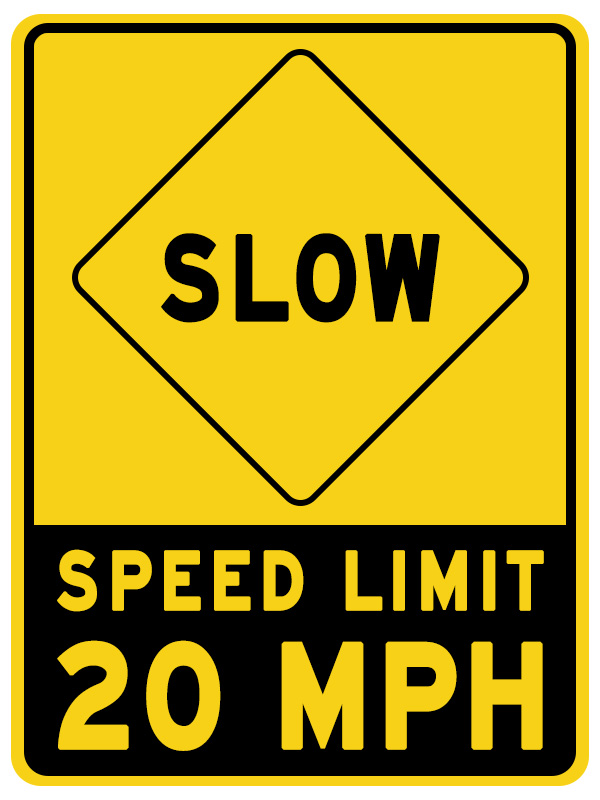
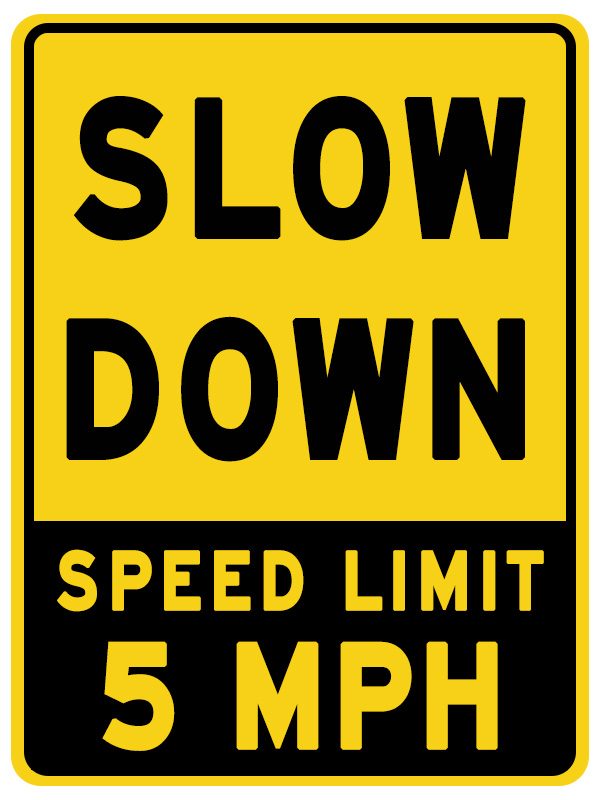
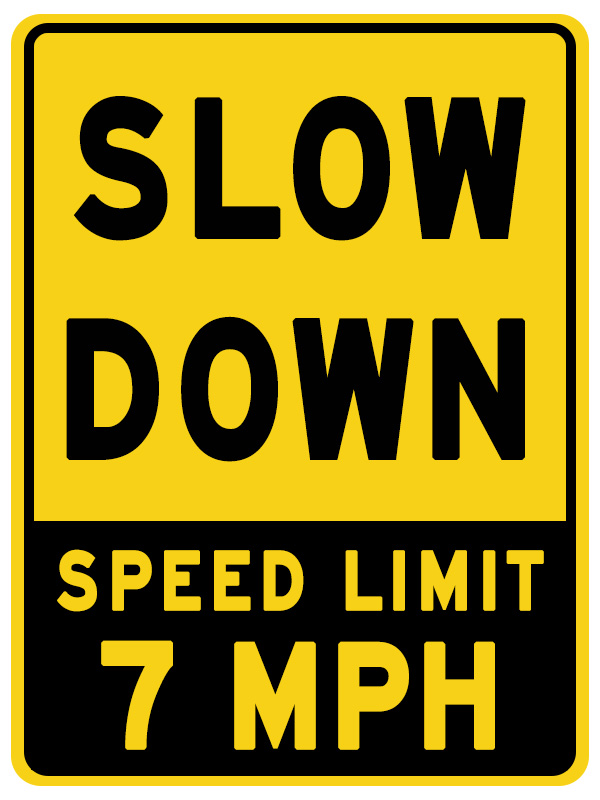
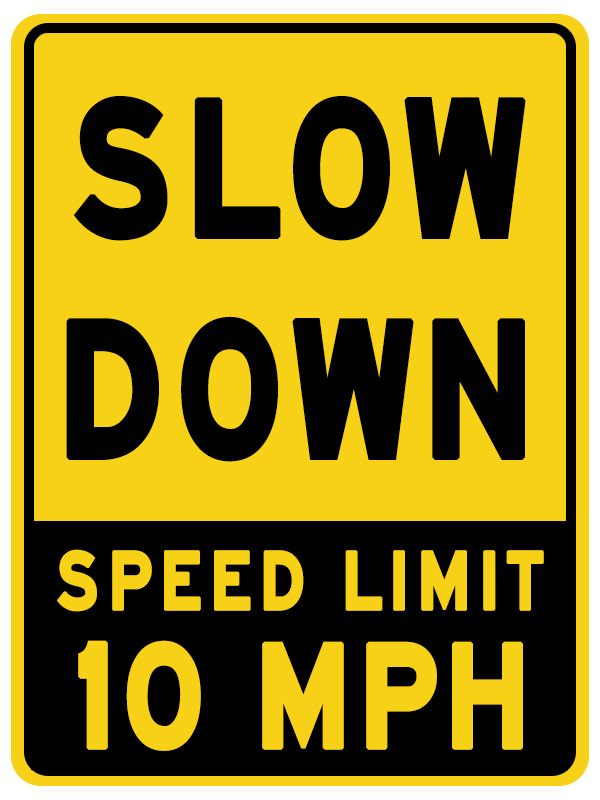
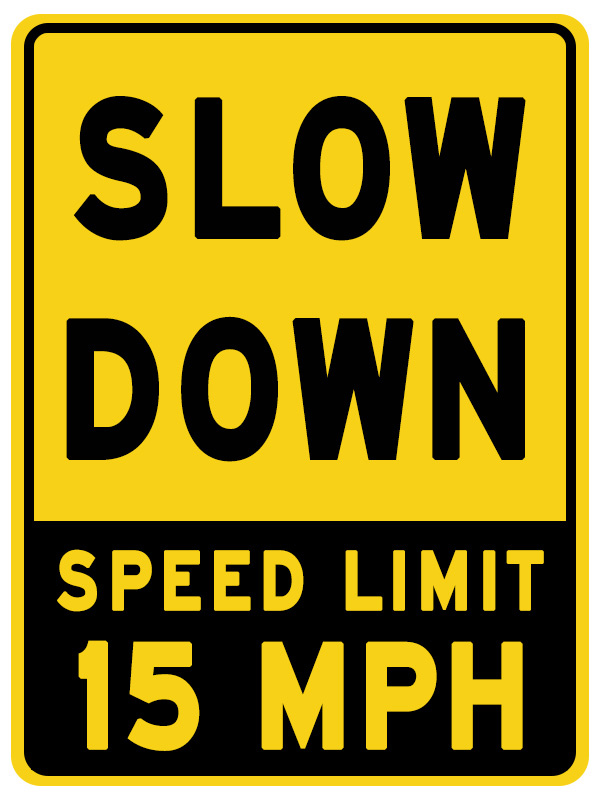
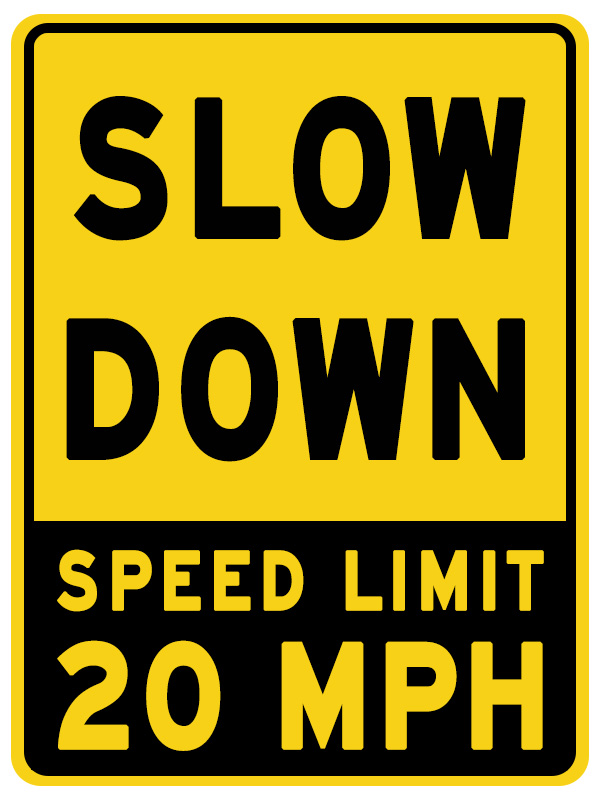
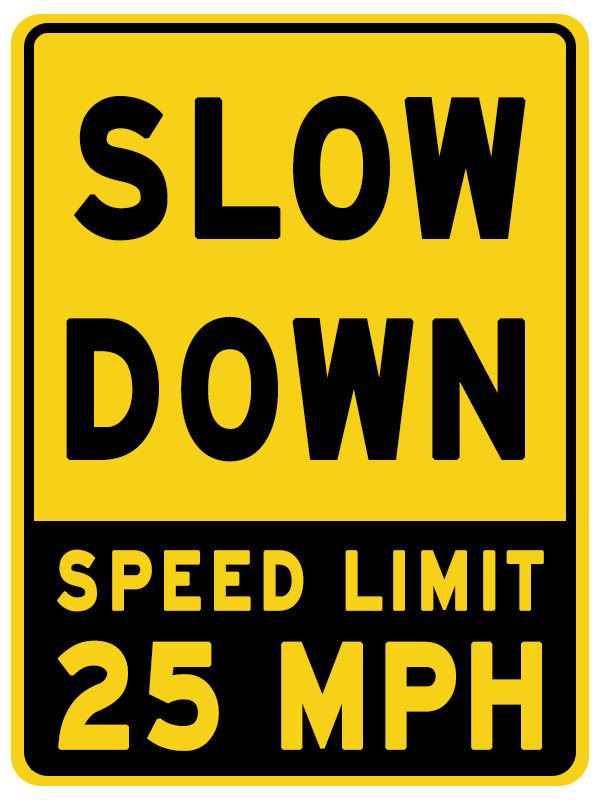
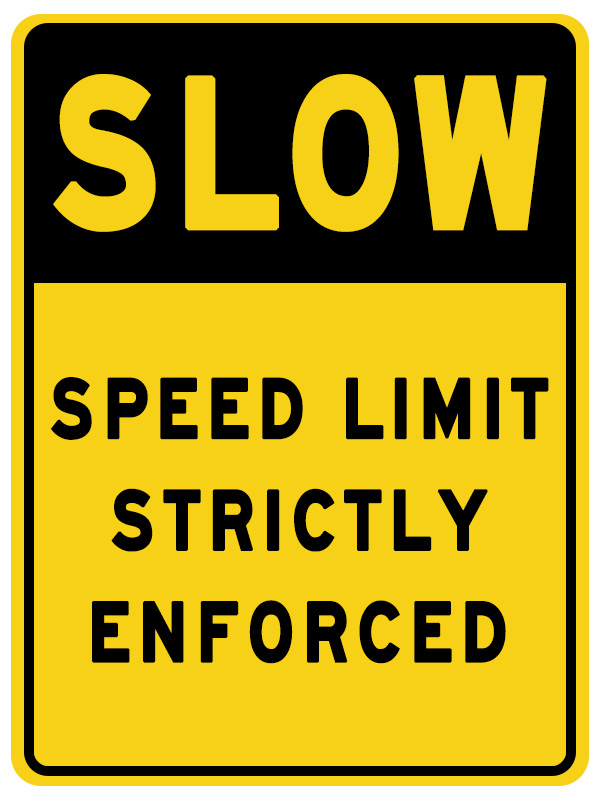
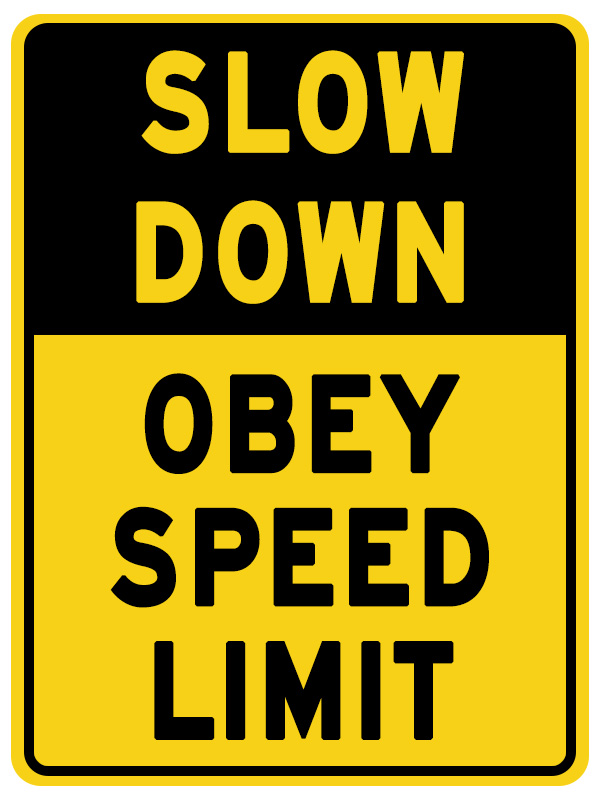
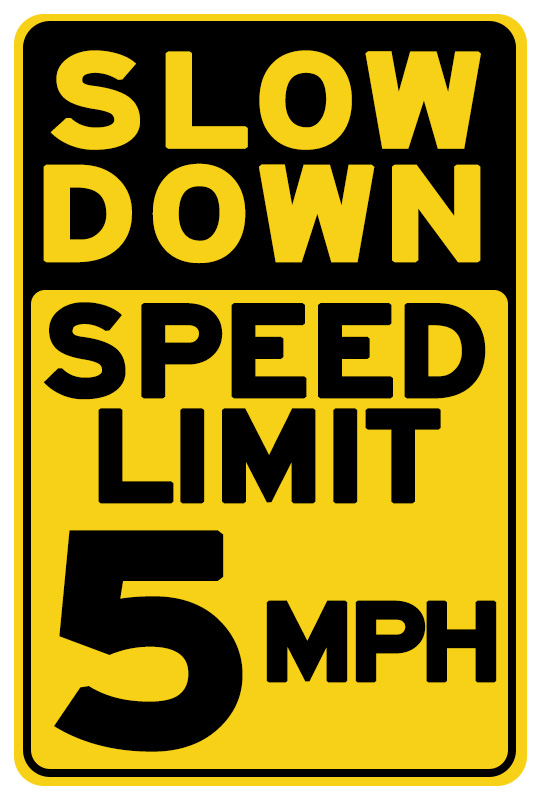
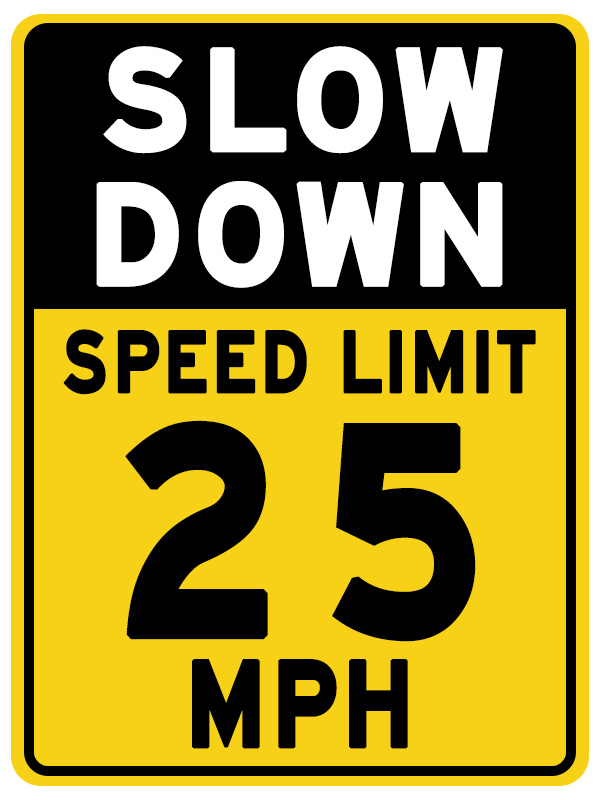
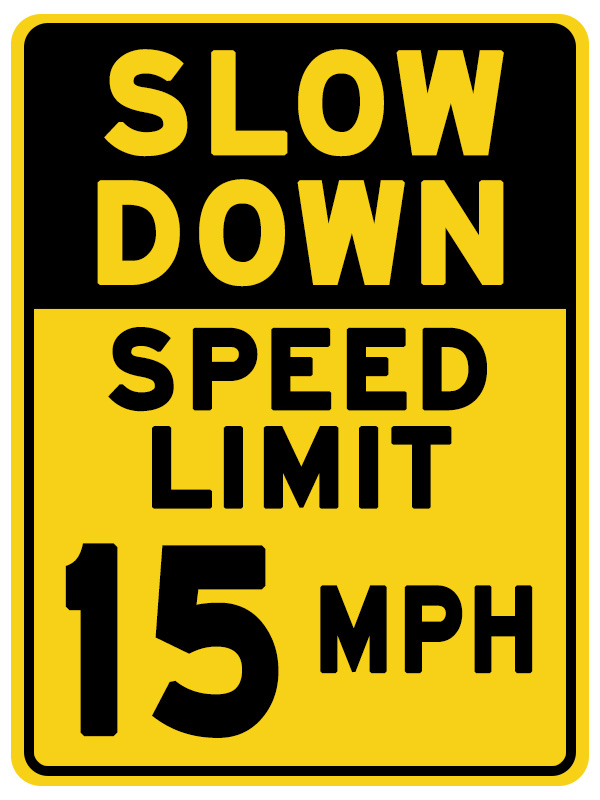
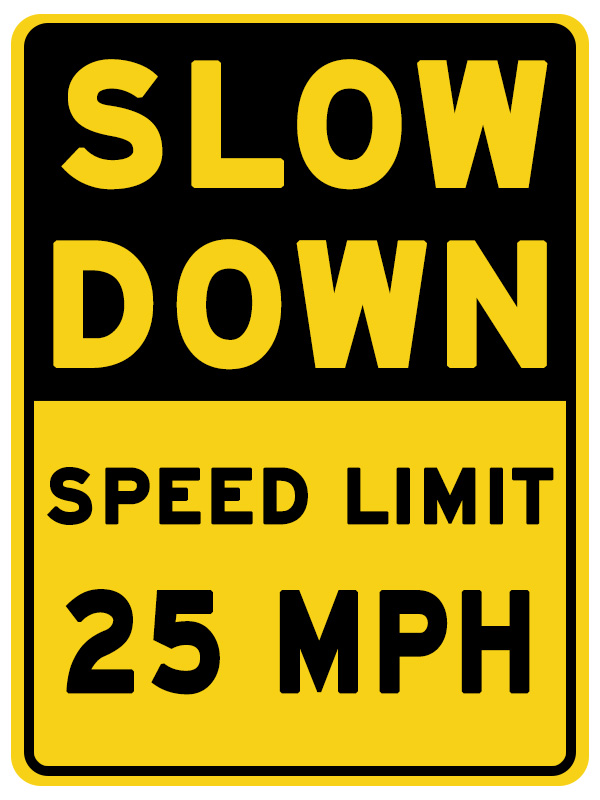
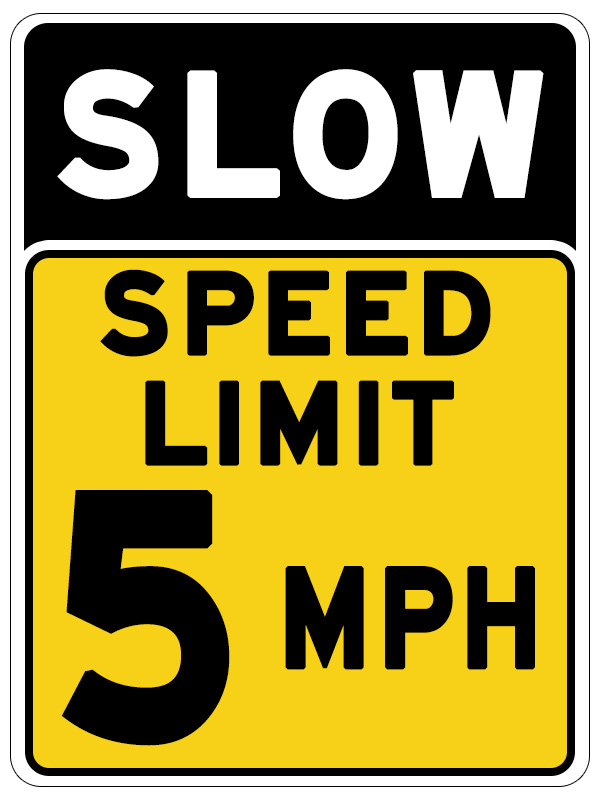
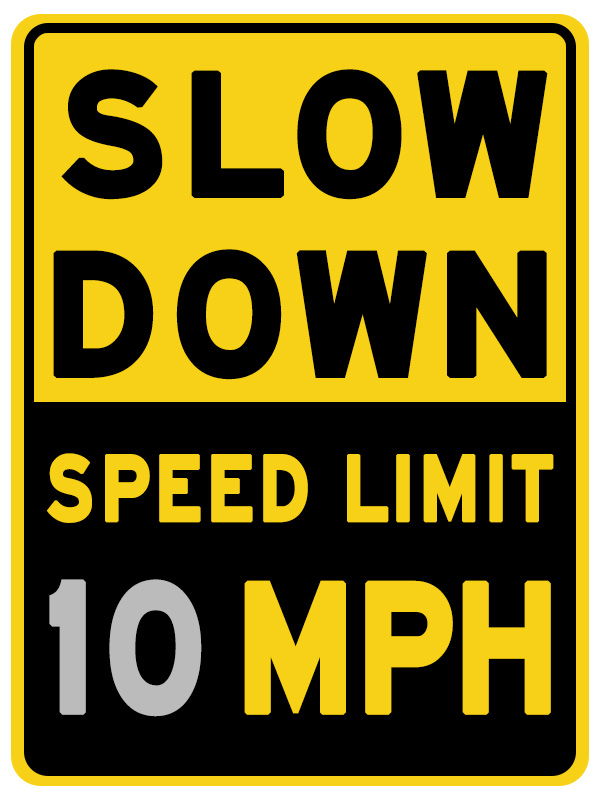
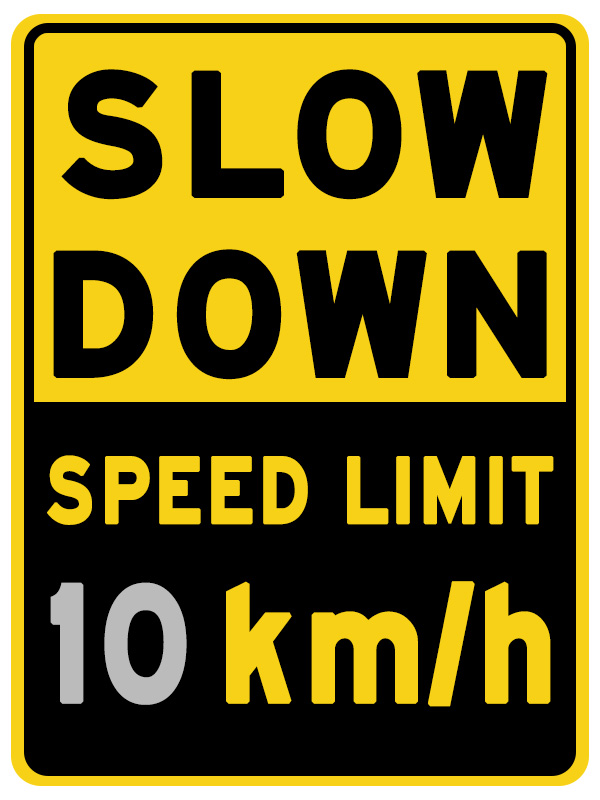
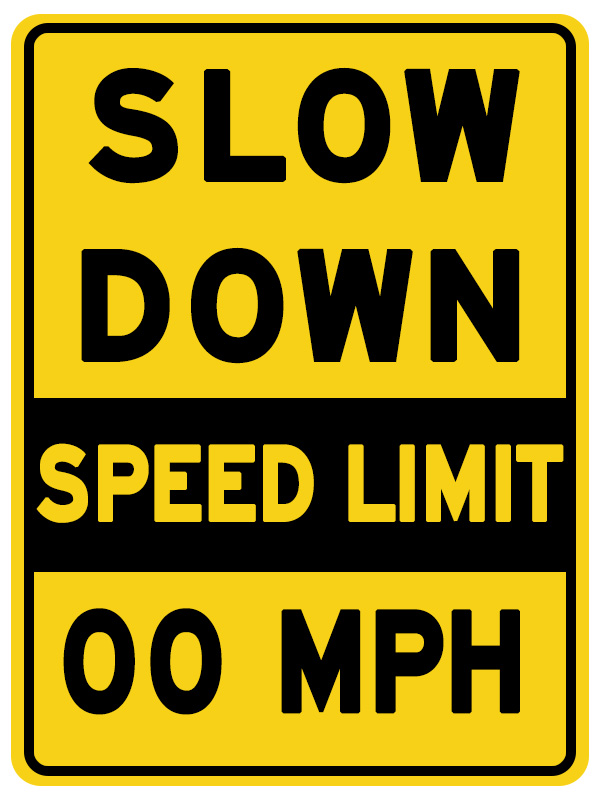
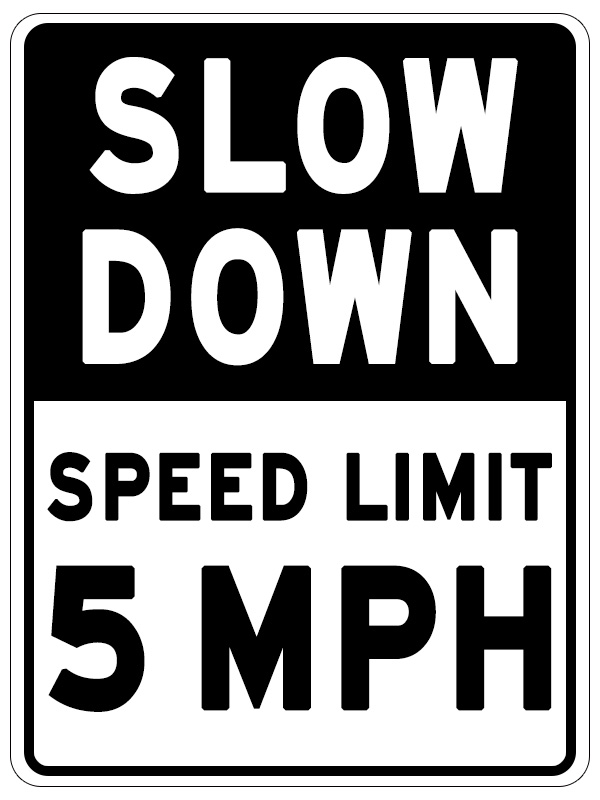
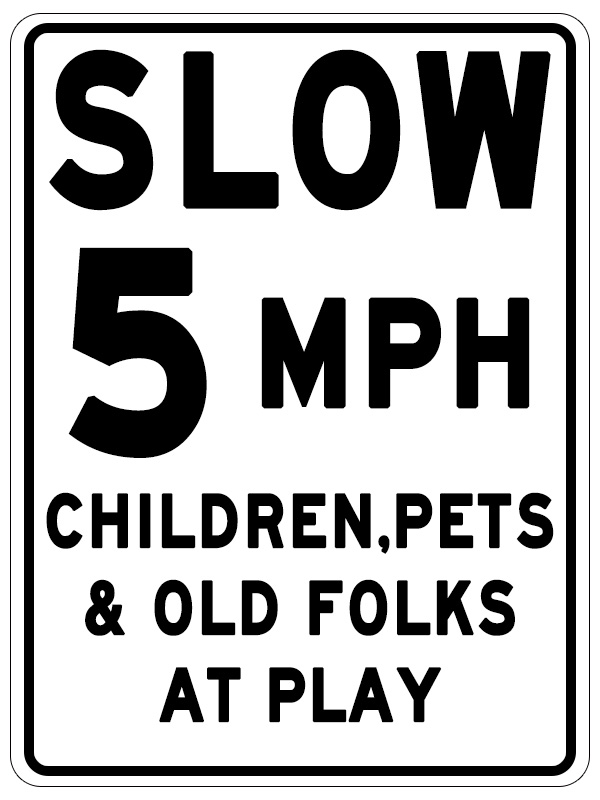
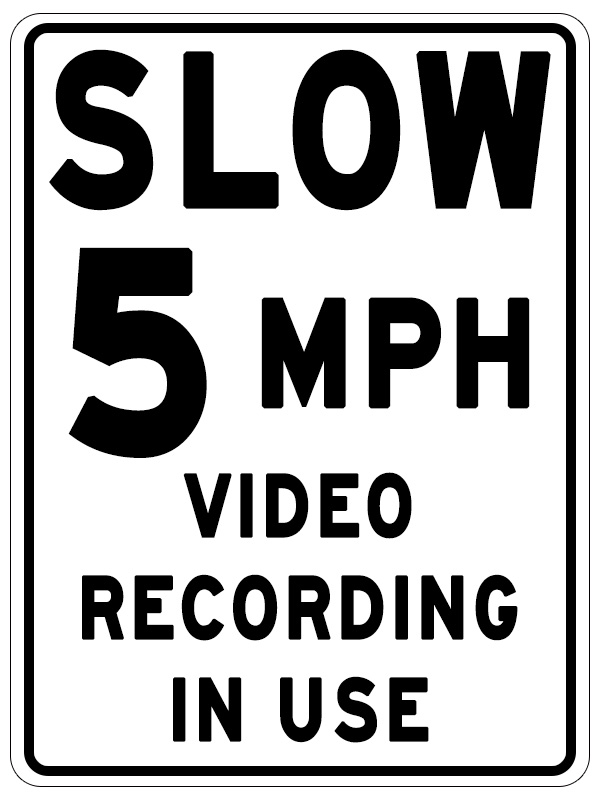
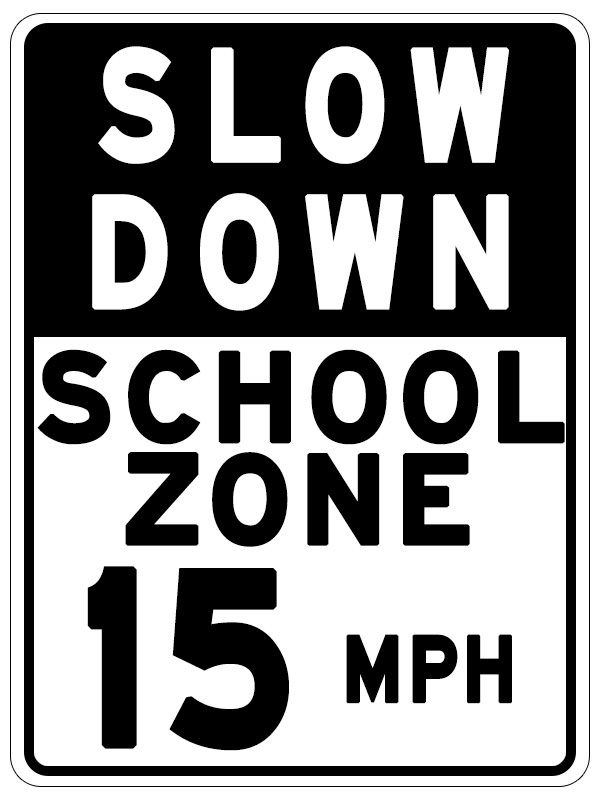
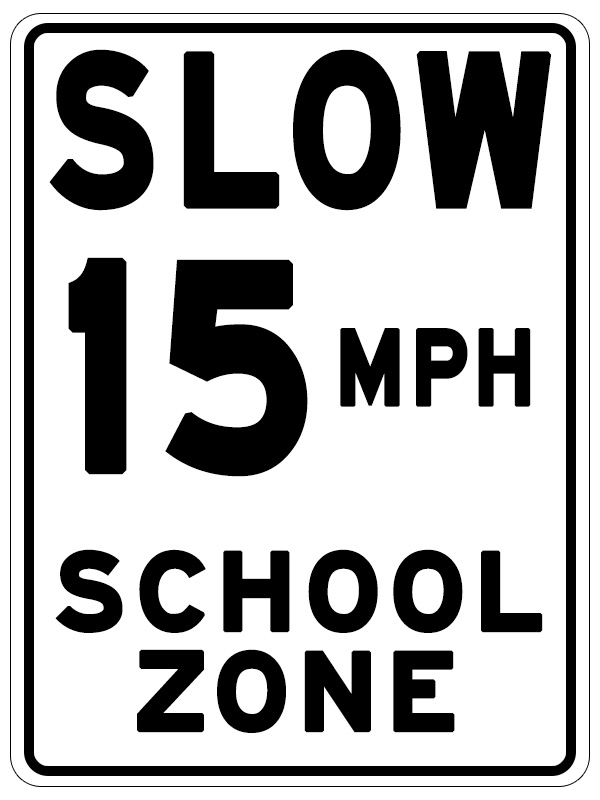
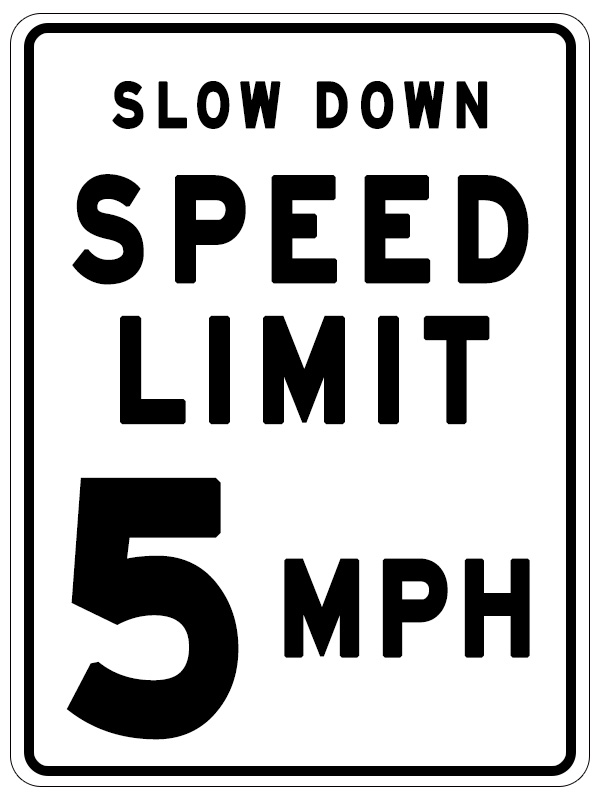
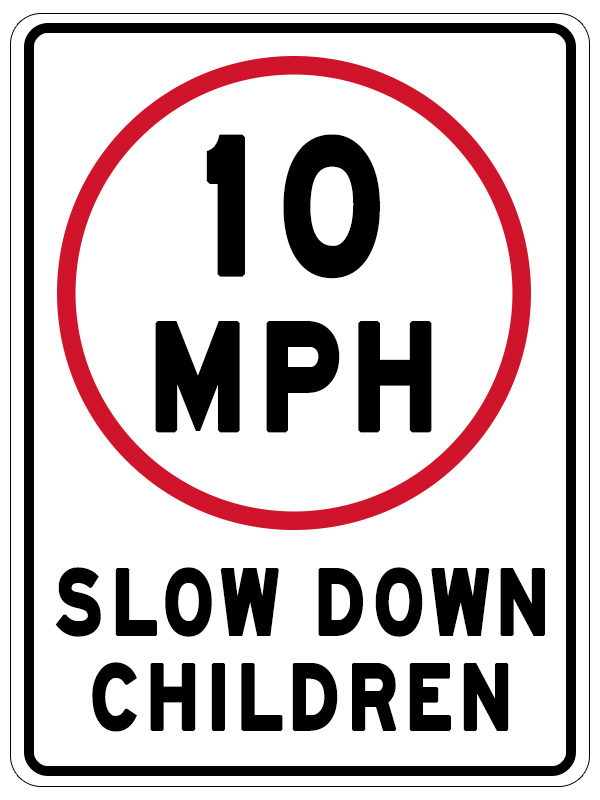
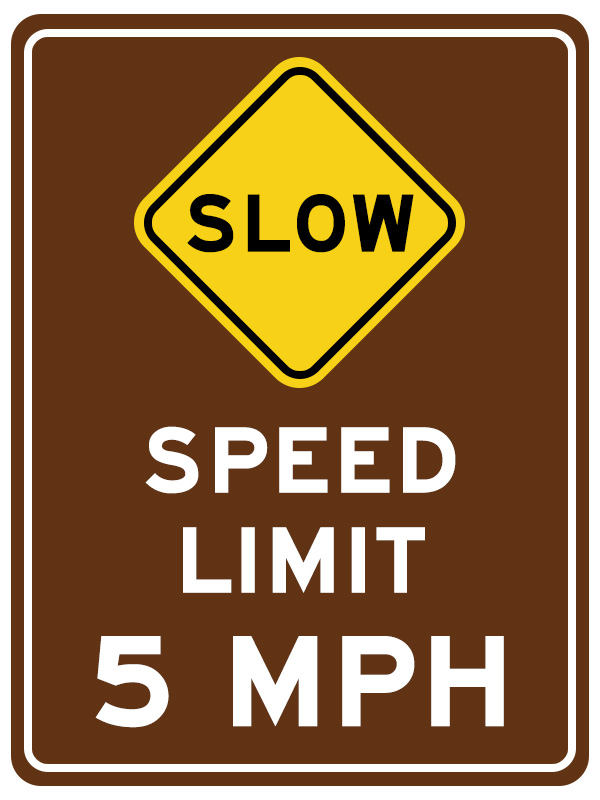
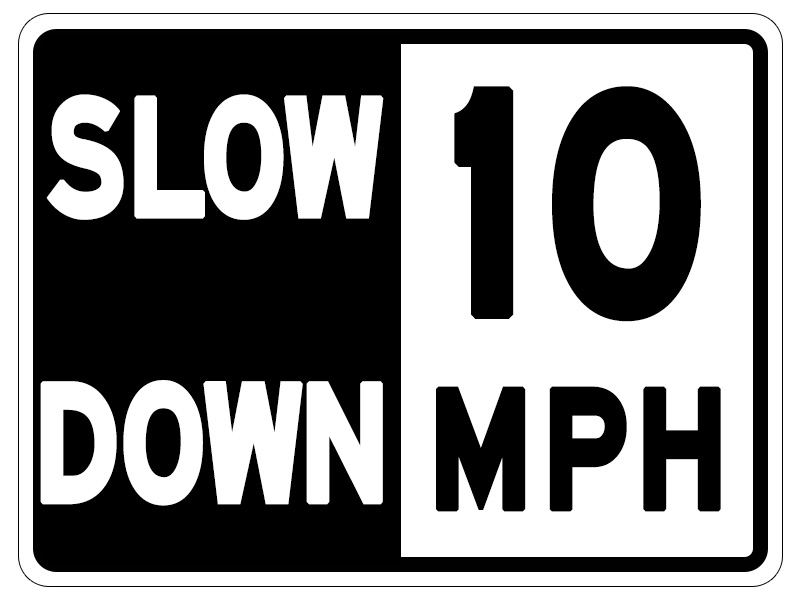
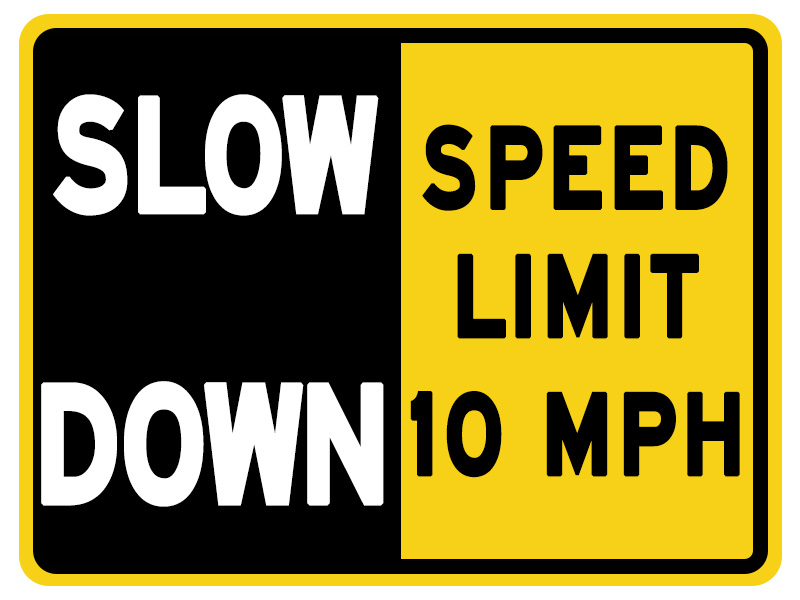
Speed limit signs can vary by location, as different areas may have specific speed regulations based on factors such as road type, traffic conditions, and surrounding environments.
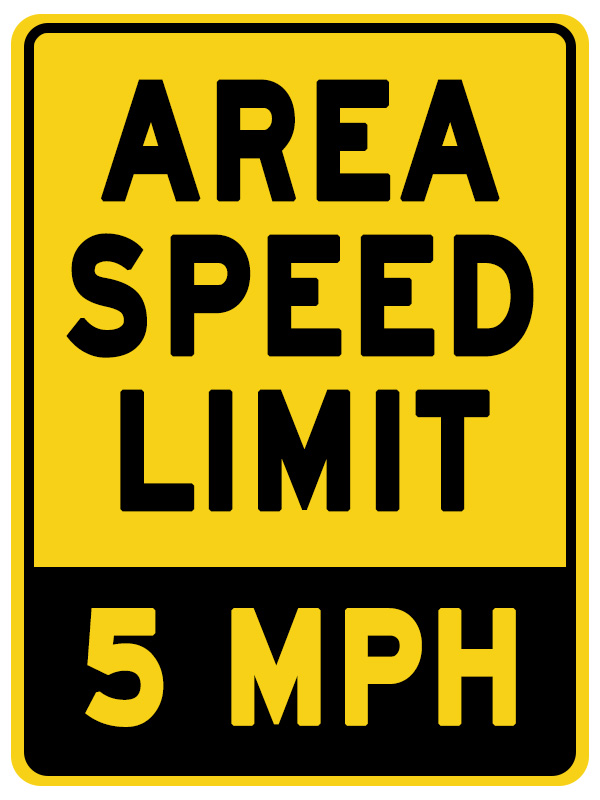
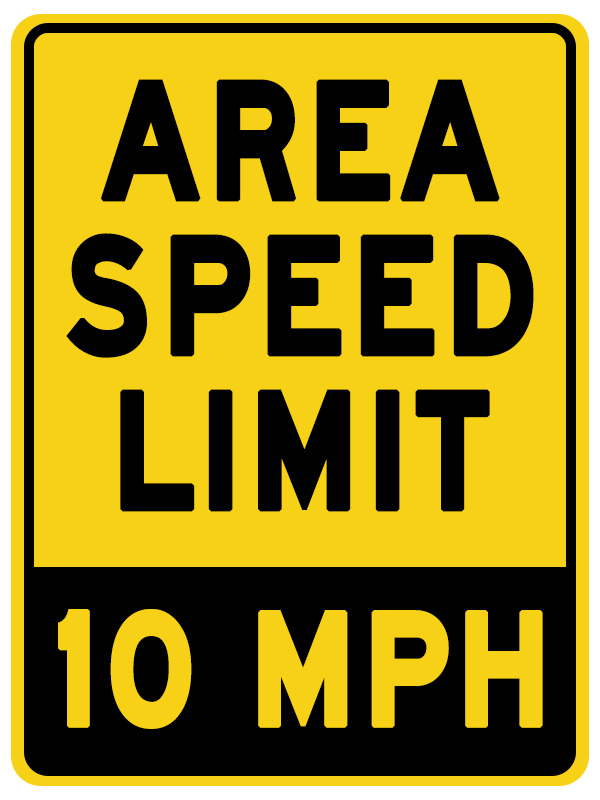
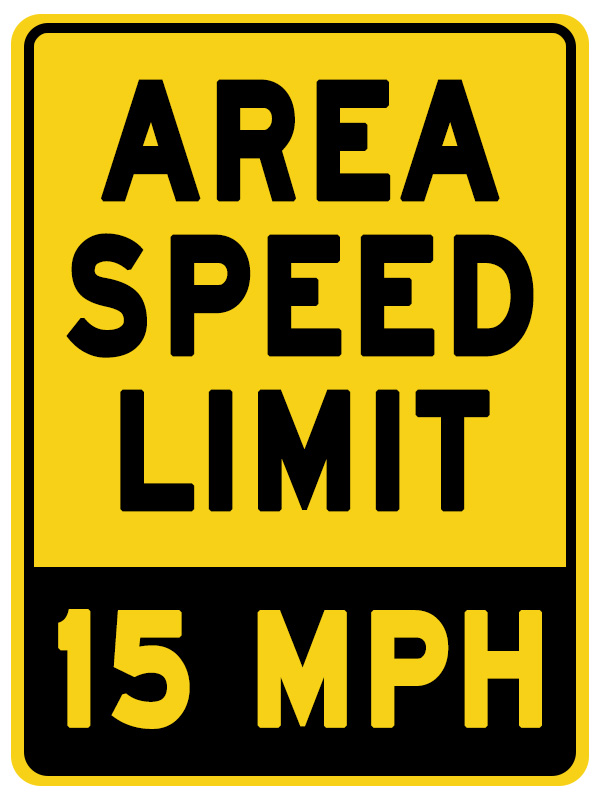
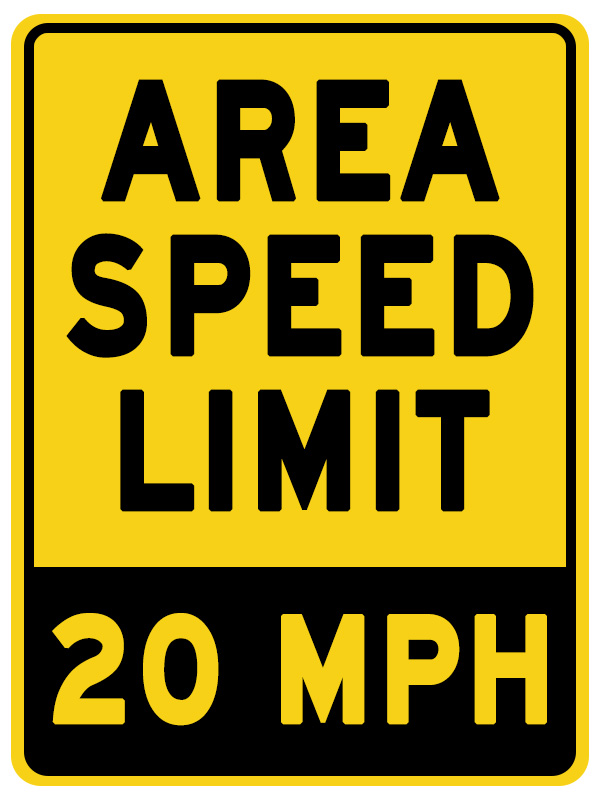
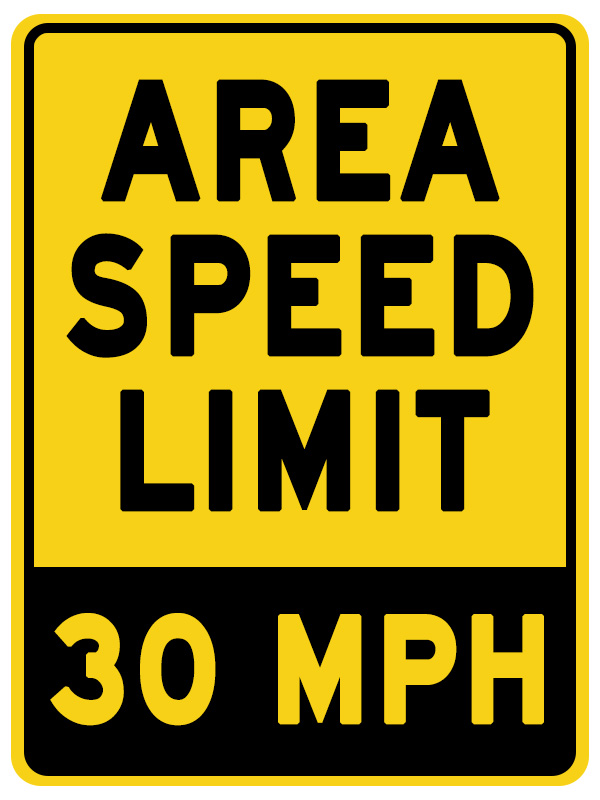
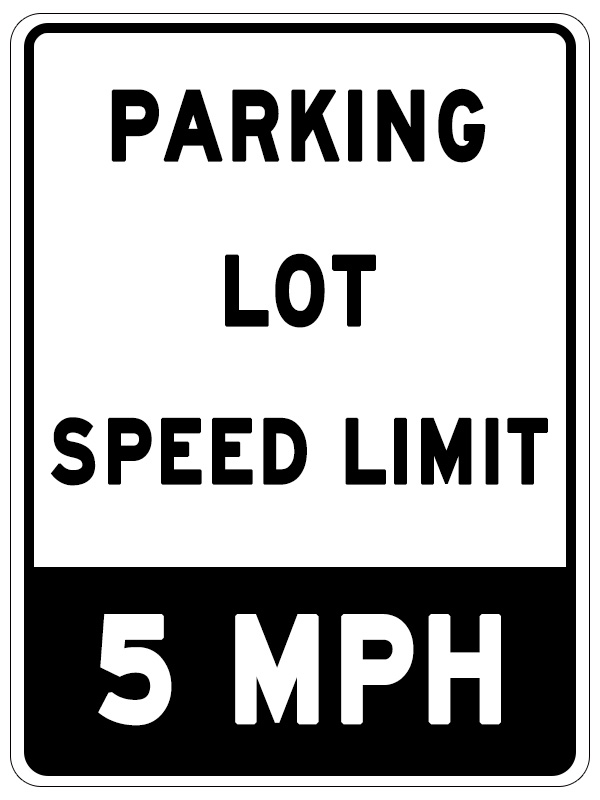
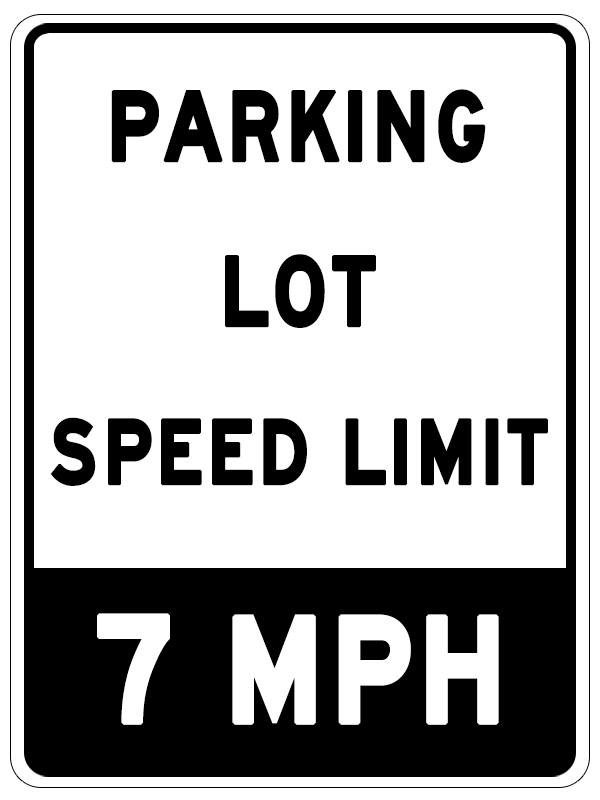
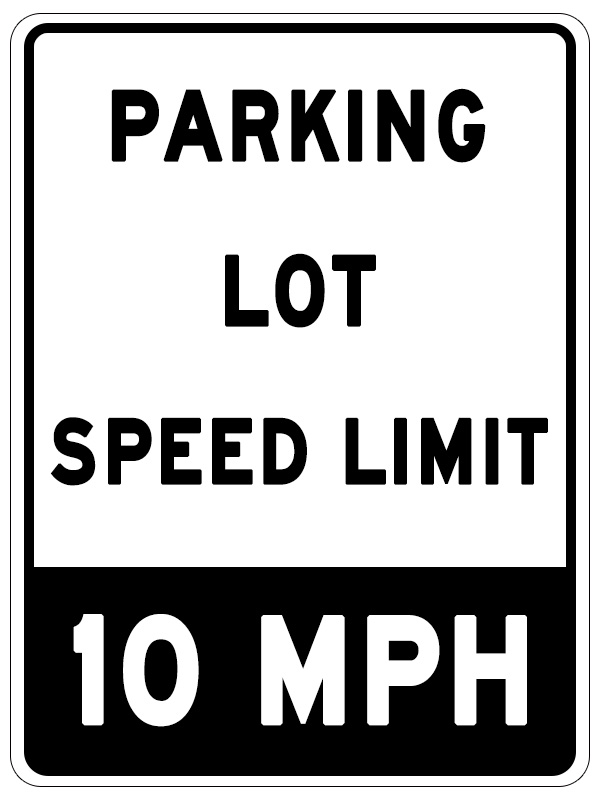
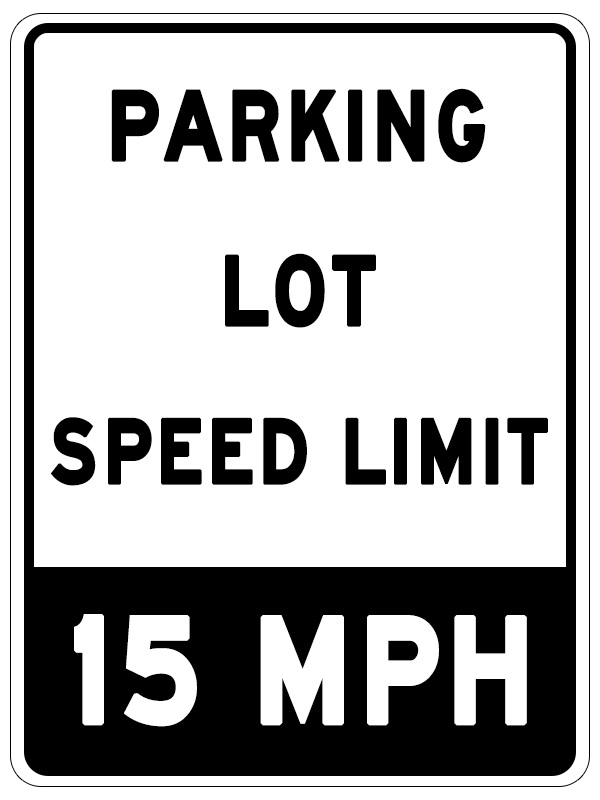
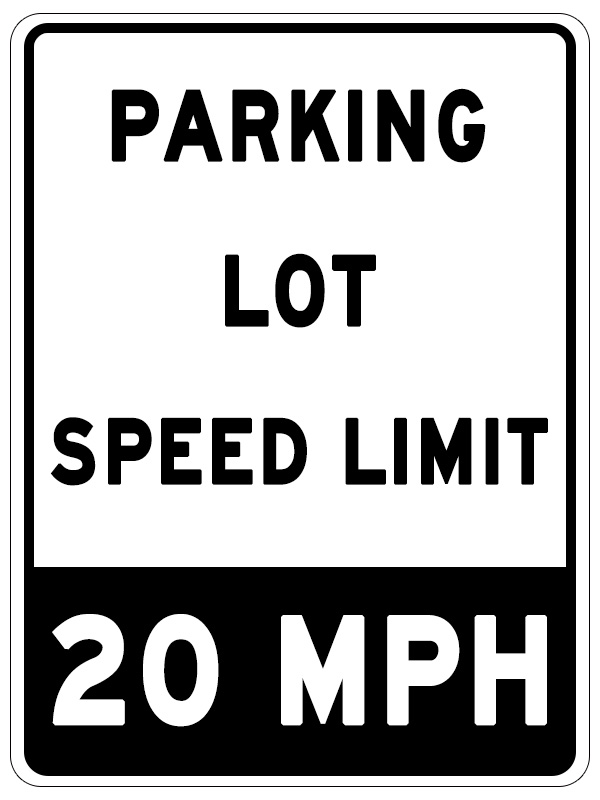
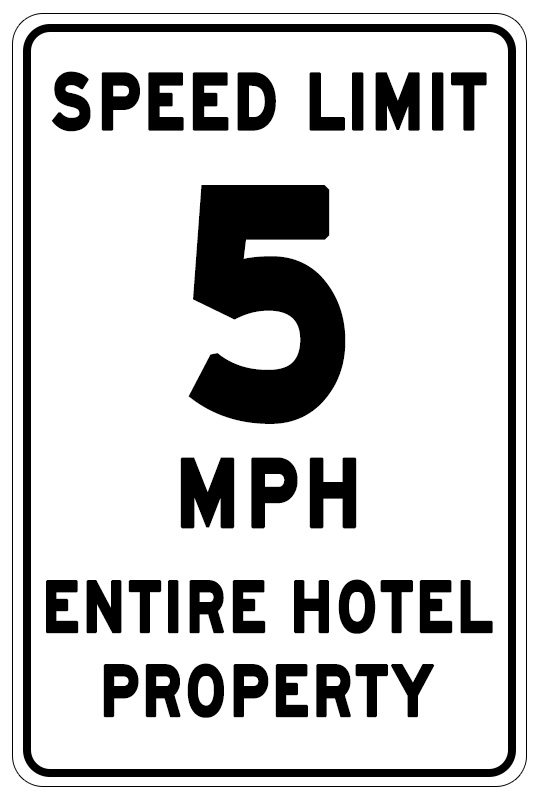
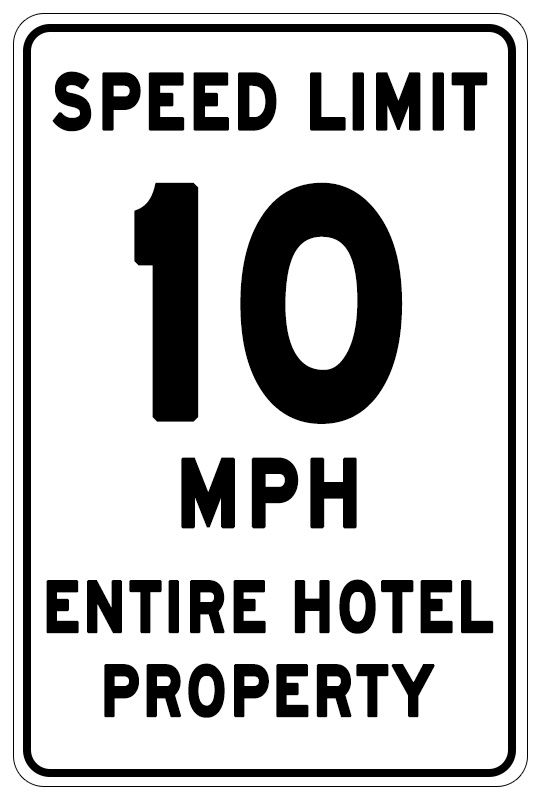
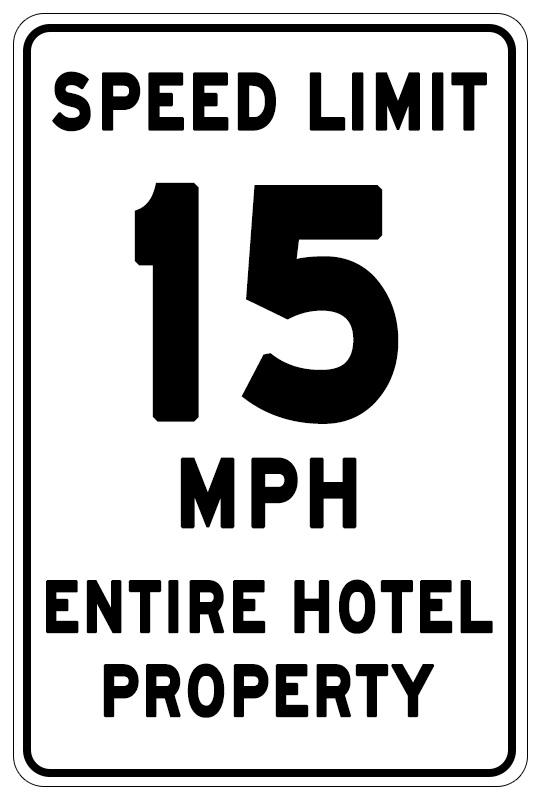
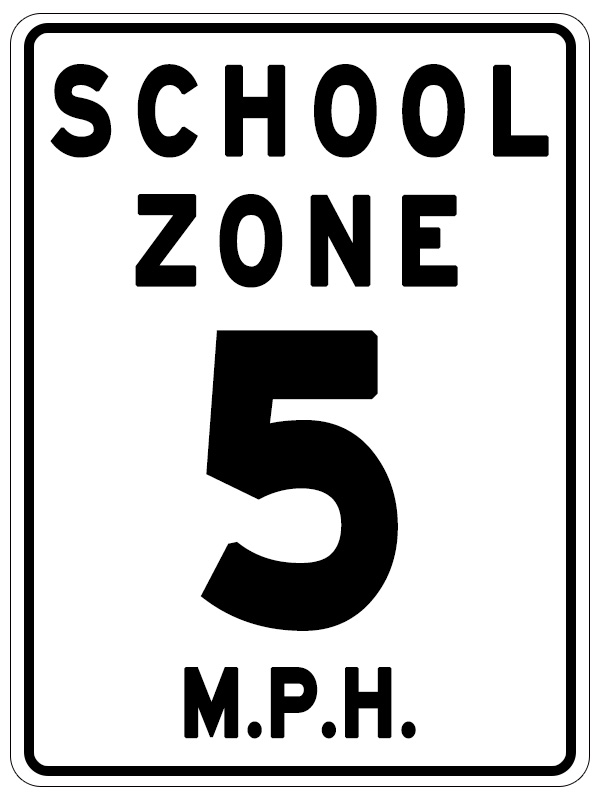
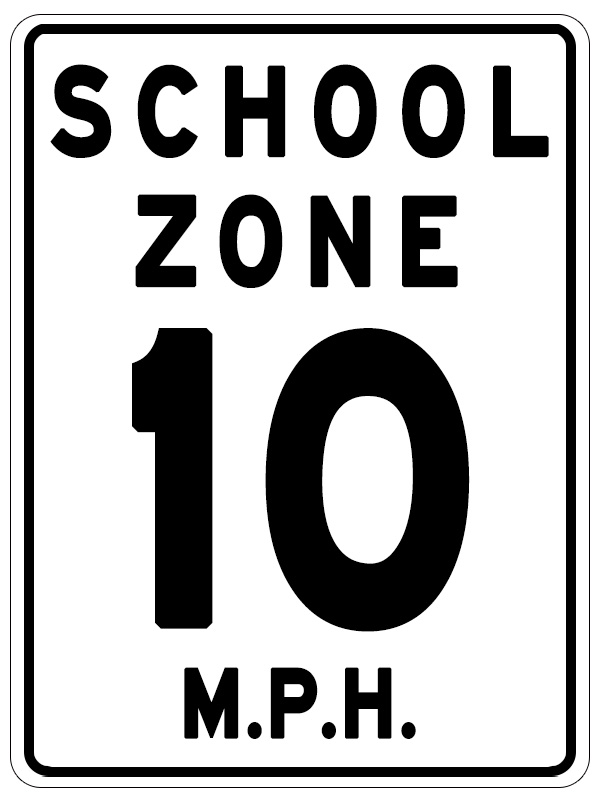
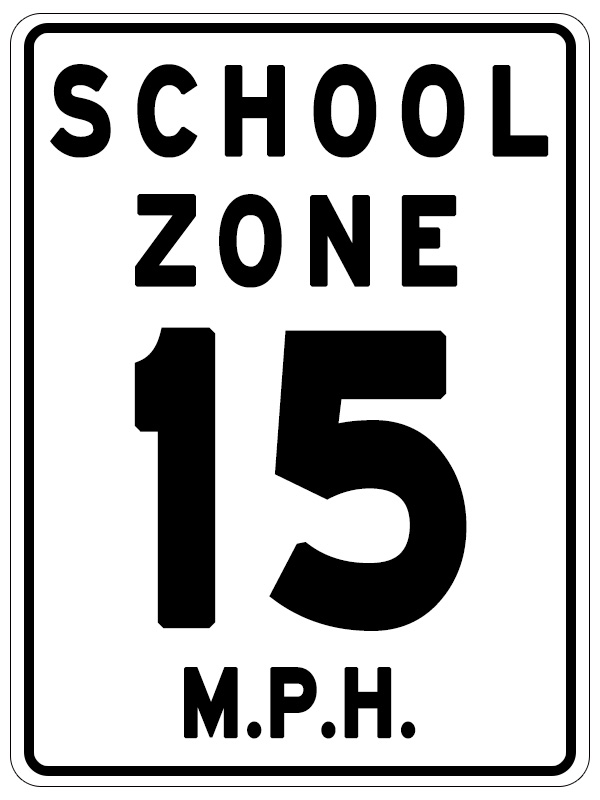
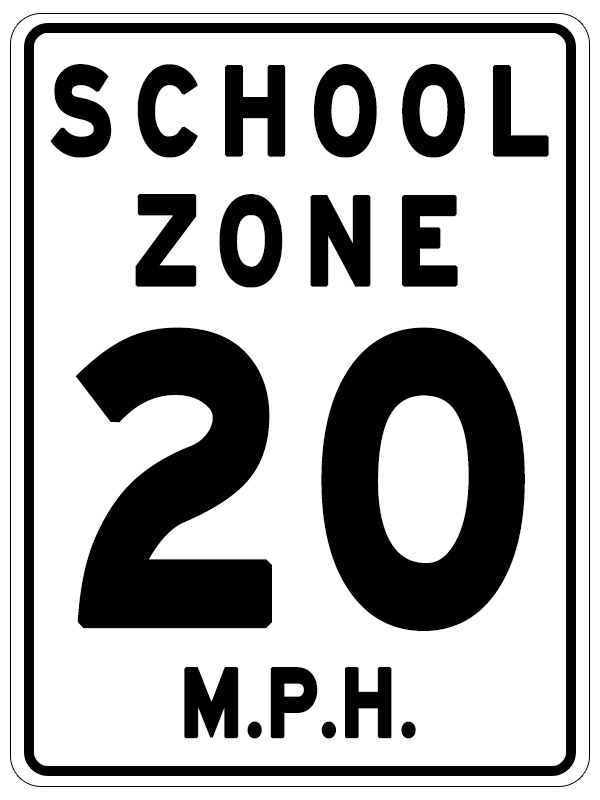
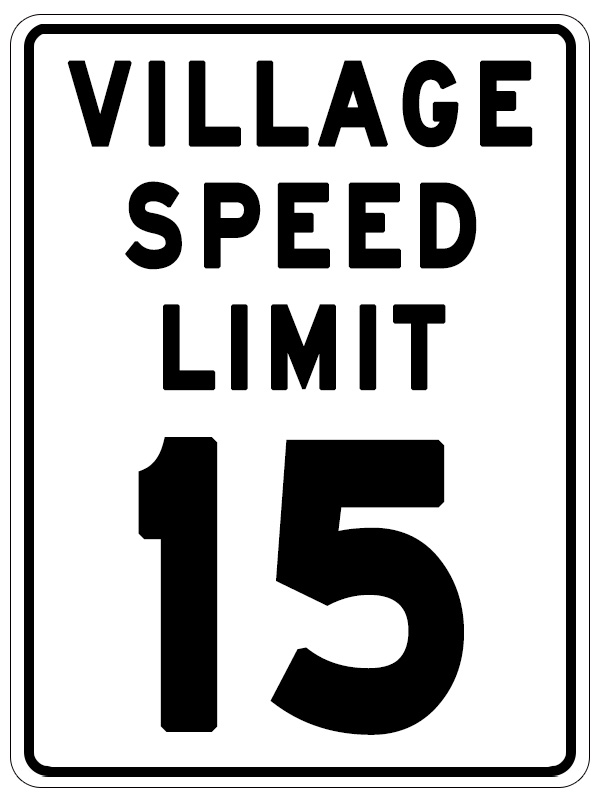
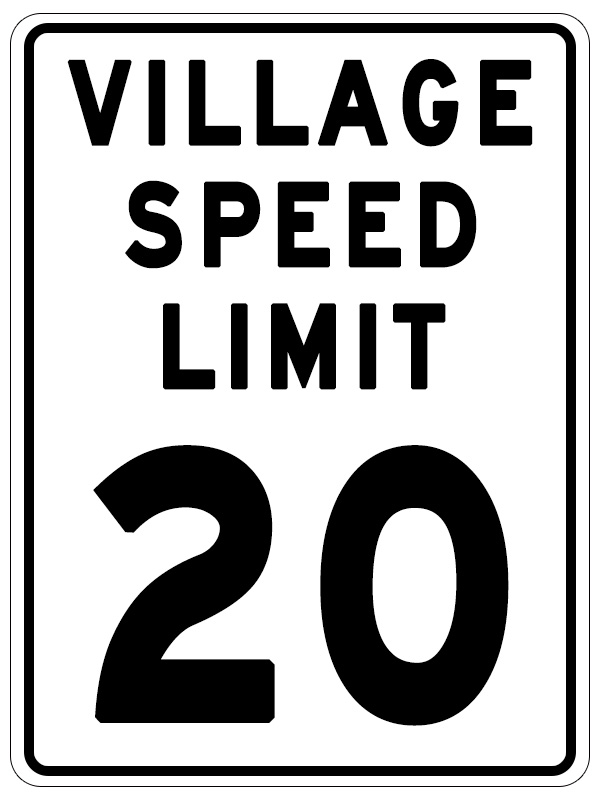
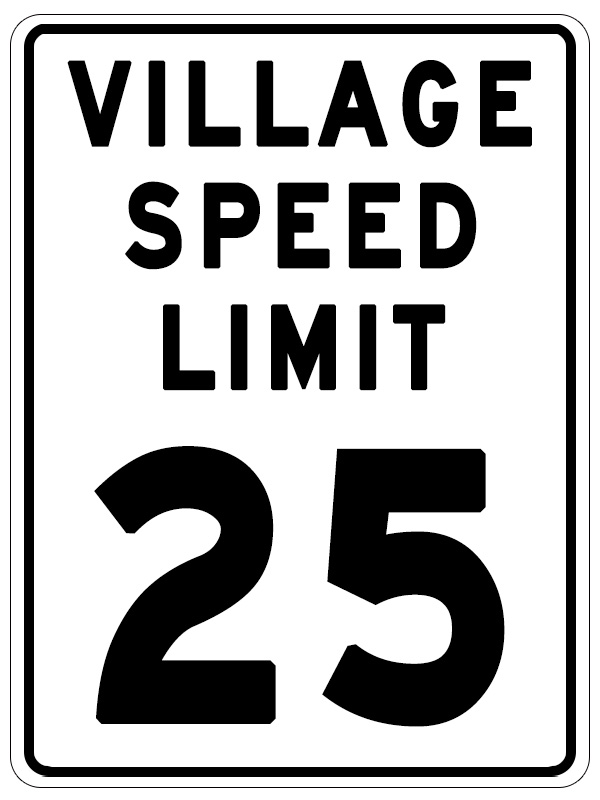
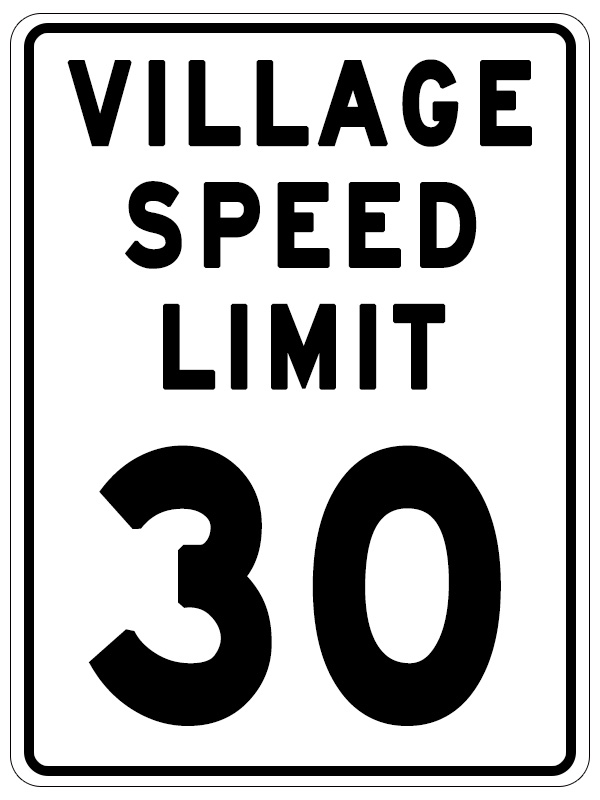
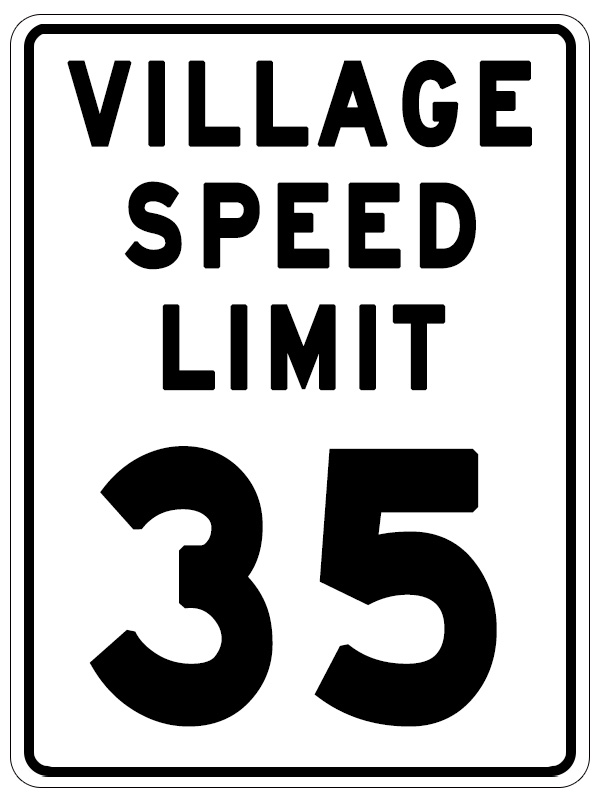
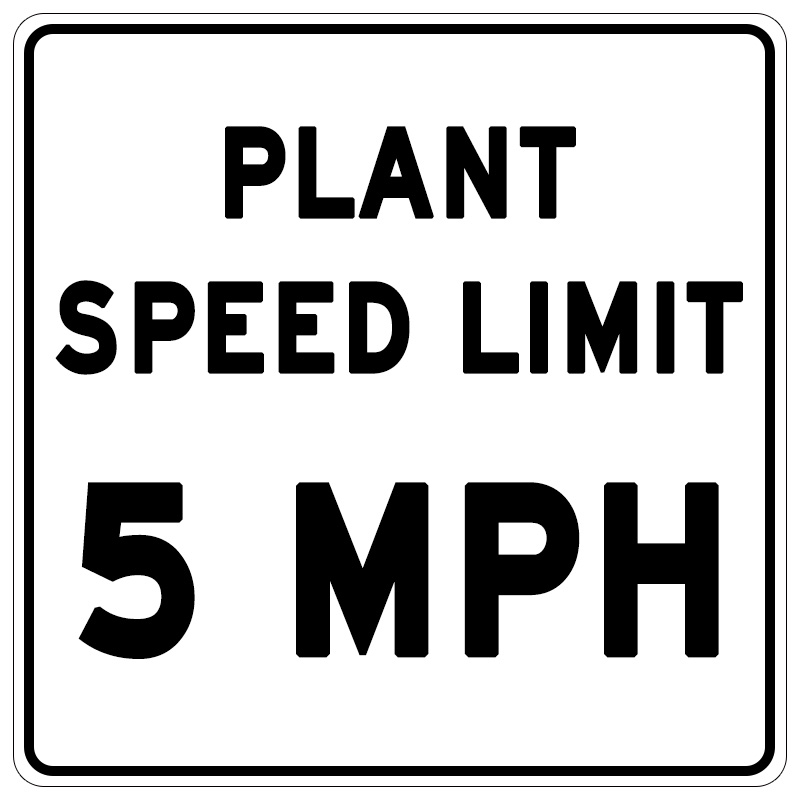
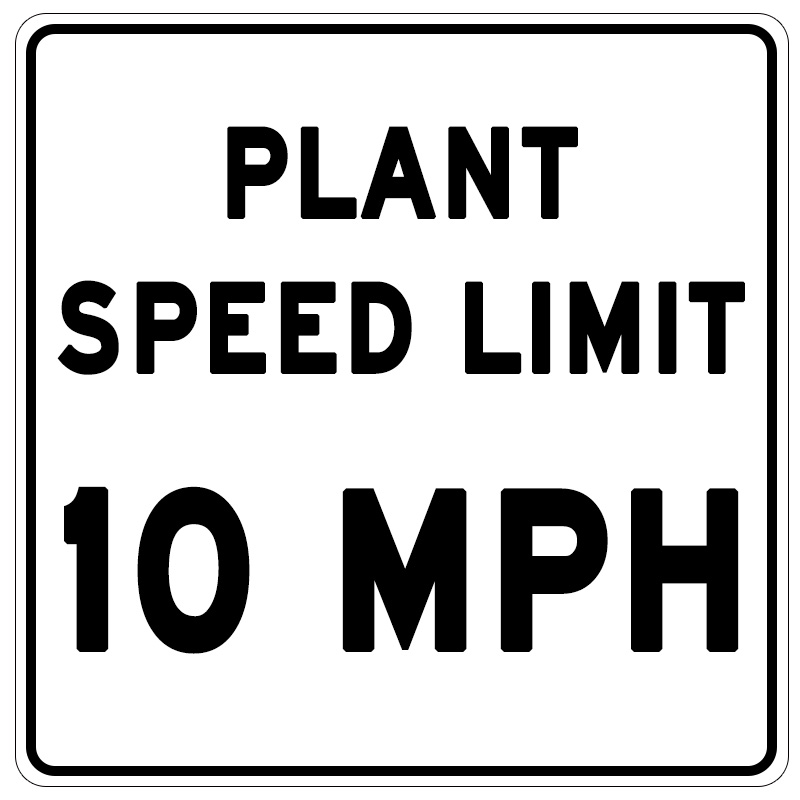
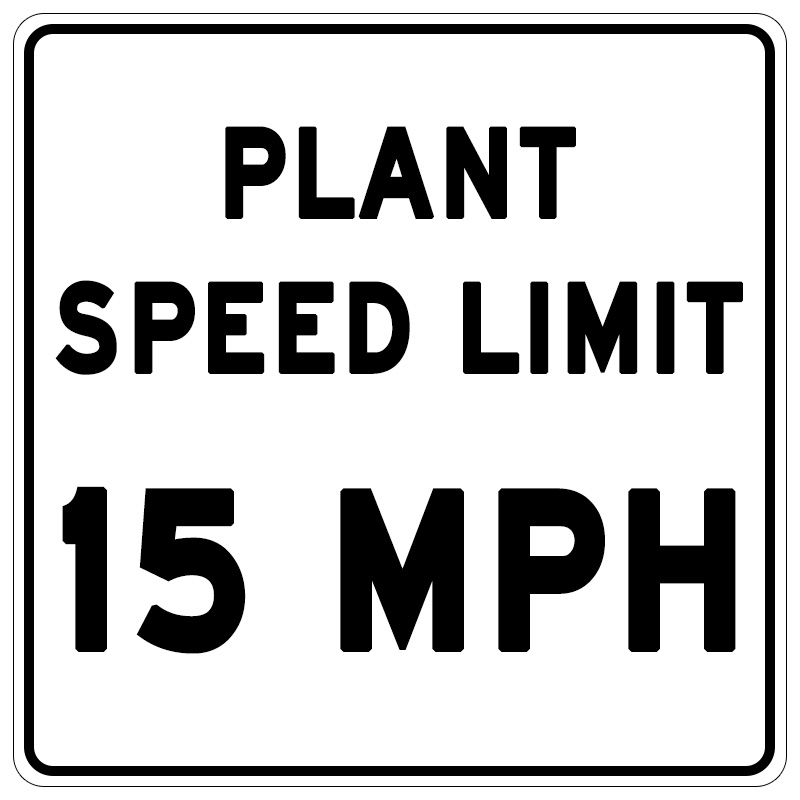
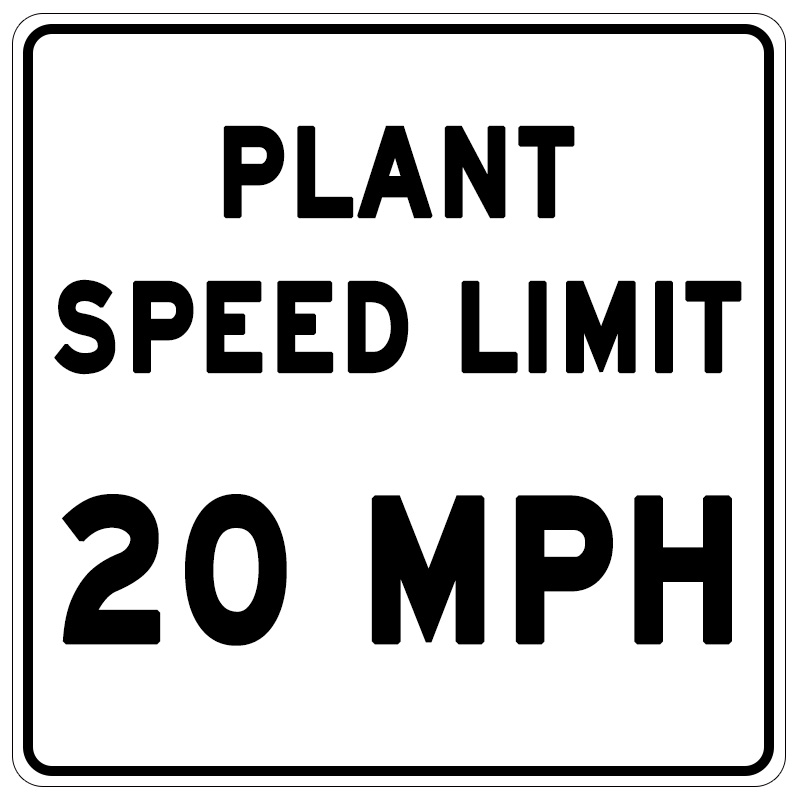
Maximum speed limit signs indicate vehicles’ highest legal speed on a particular road or highway. These signs are regulatory tools to ensure safety and maintain road order. The maximum speed limit signs are typically displayed numerically and may vary depending on the jurisdiction and the type of road.
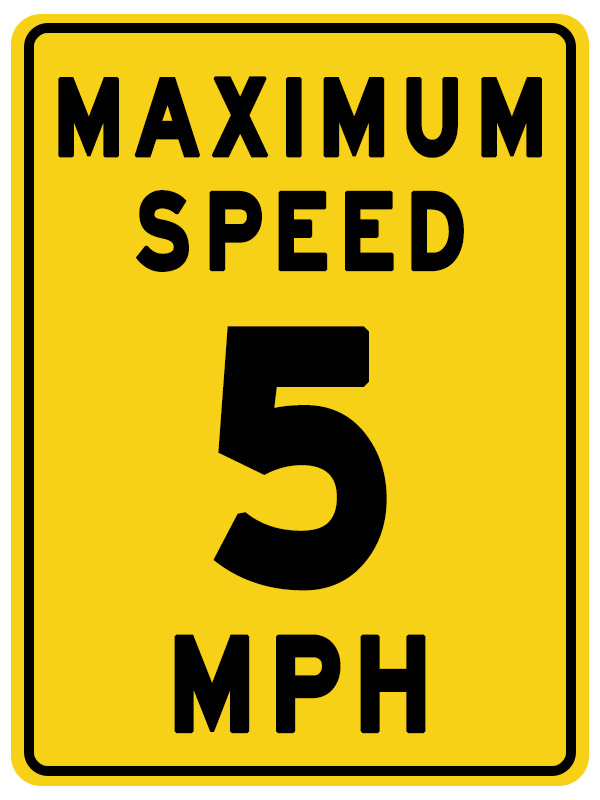
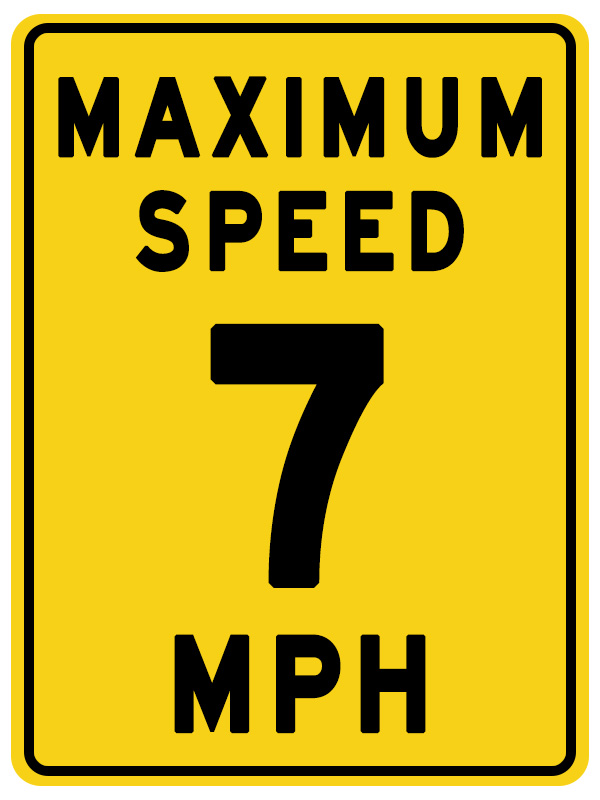
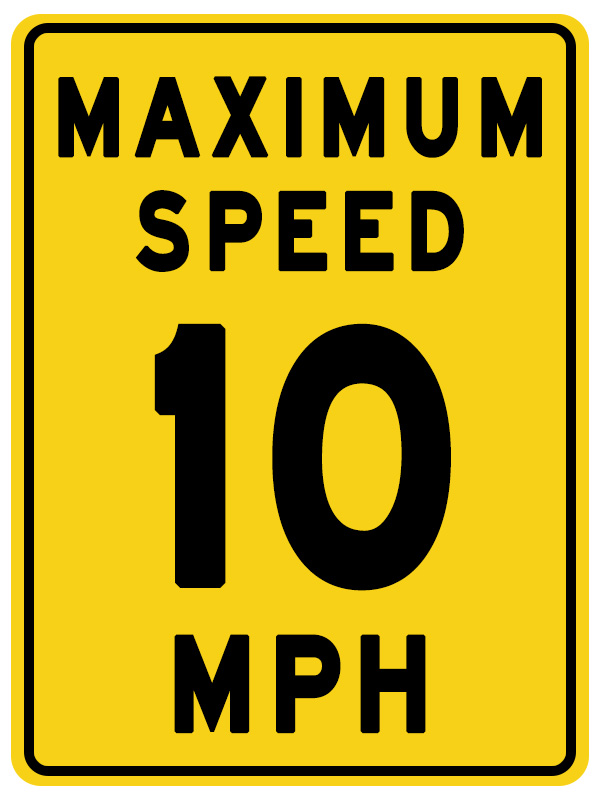
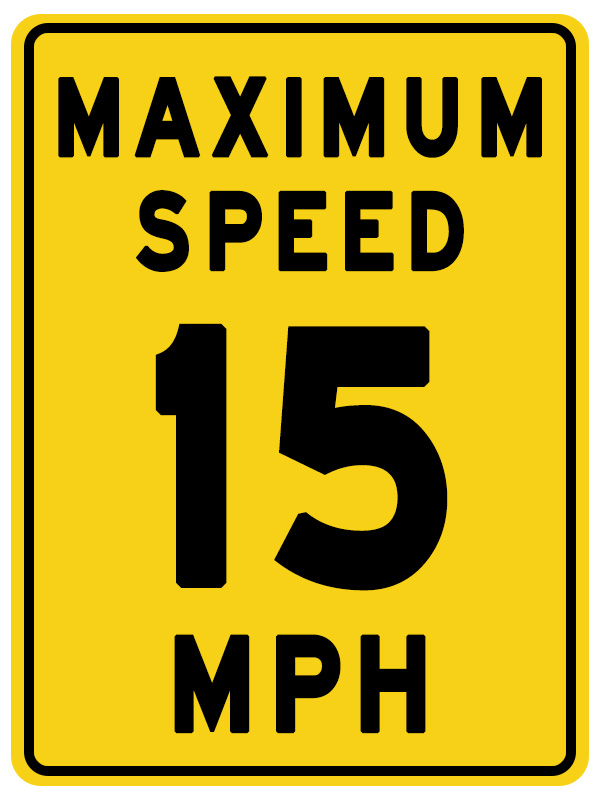
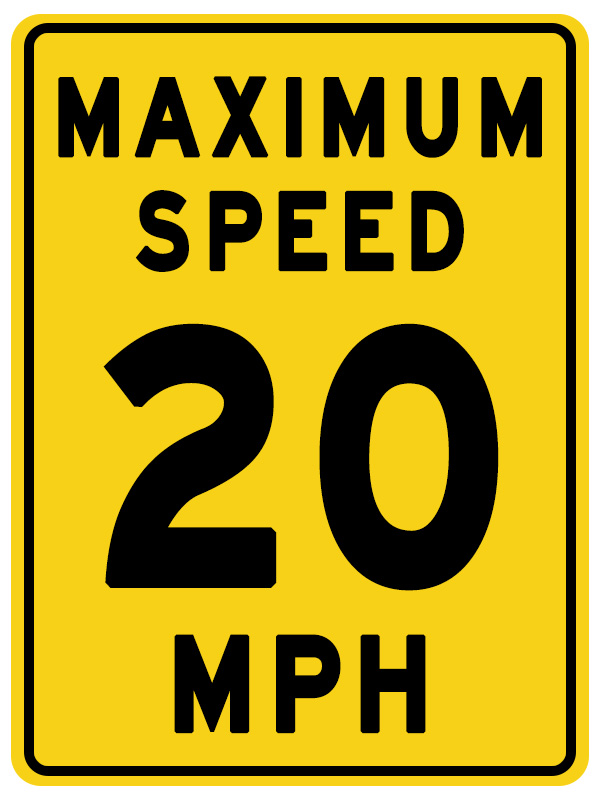
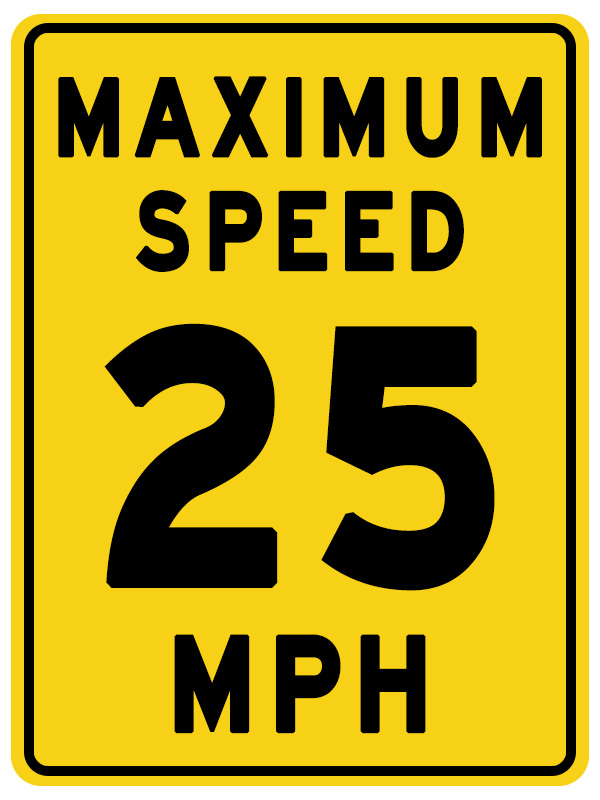
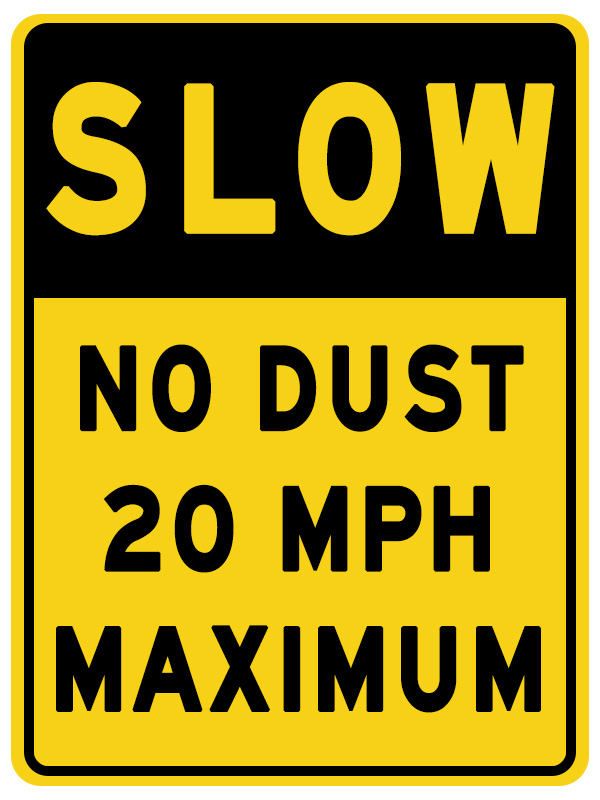
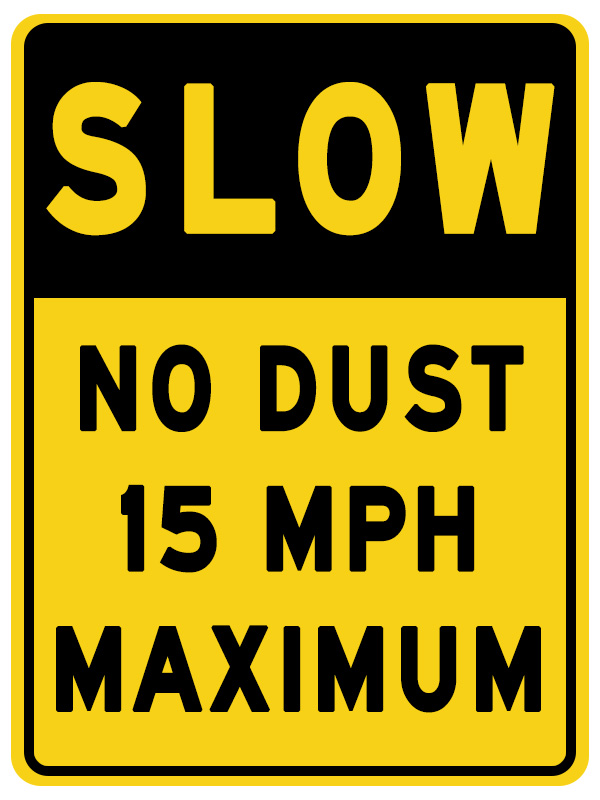
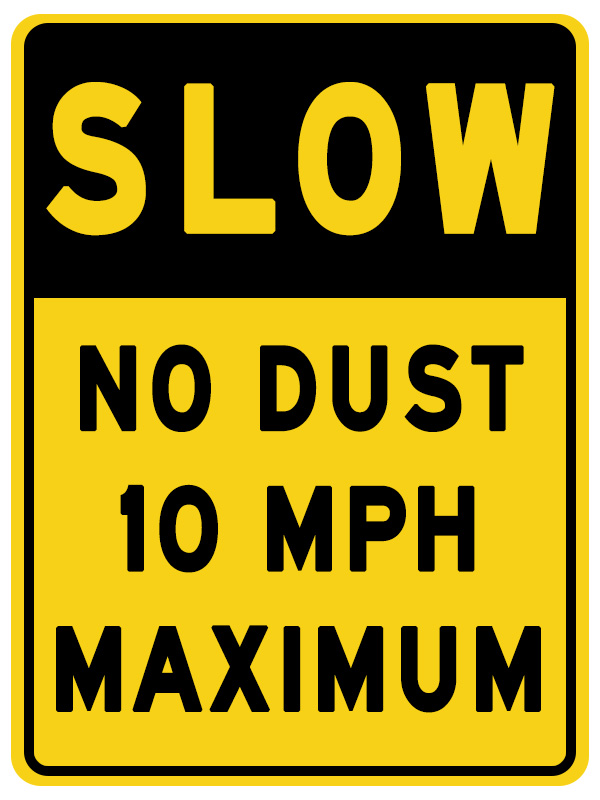
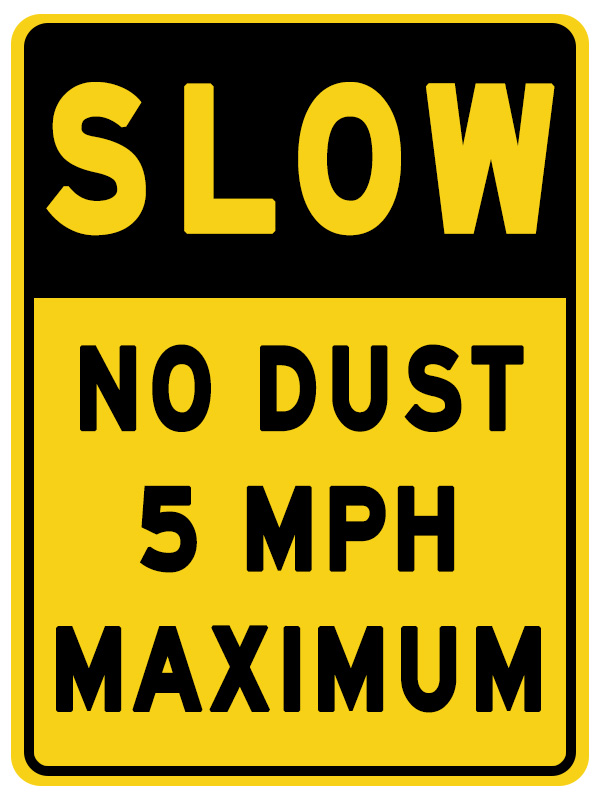
Children’s play speed limit signs are specific signs placed in areas near parks, schools, or residential neighborhoods to alert drivers to the presence of children and the need for reduced speeds. These signs aim to enhance the safety of children playing or crossing the road in these areas. Drivers must adhere to the posted speed limits on children’s play speed limit signs to ensure the safety of children in these areas.
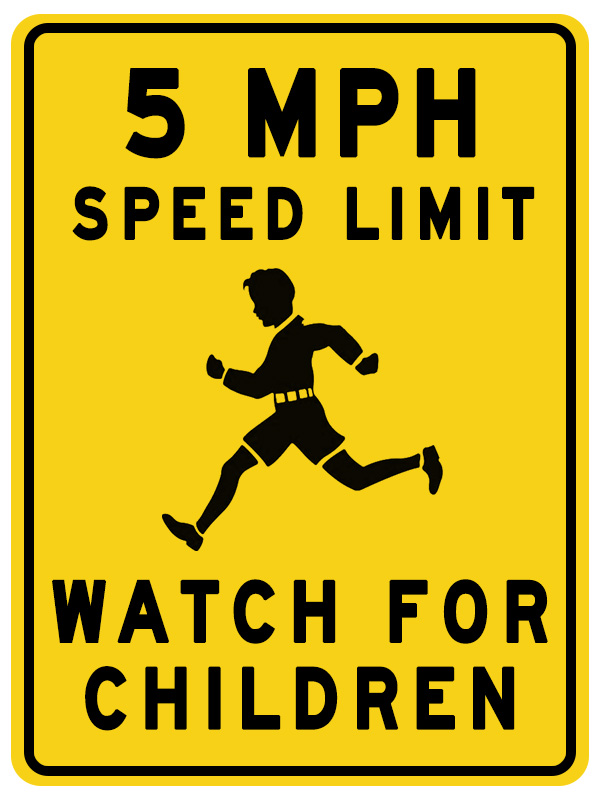
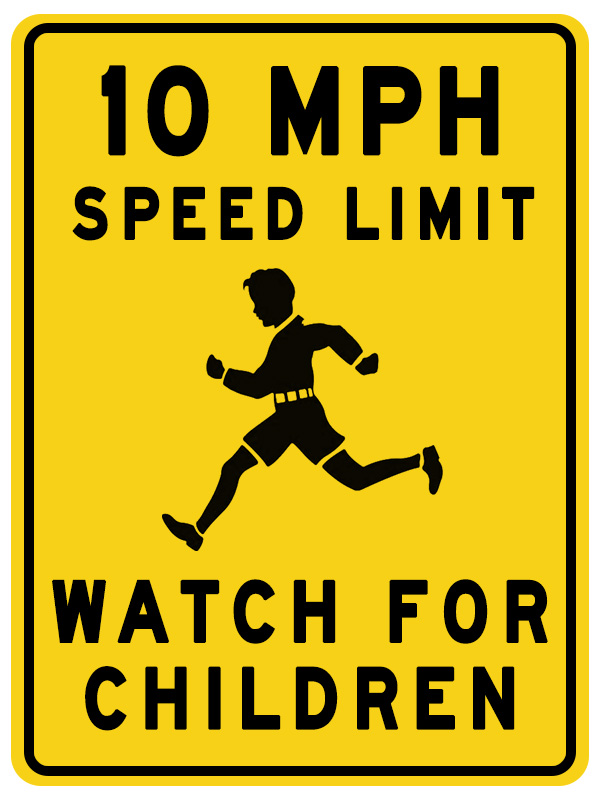
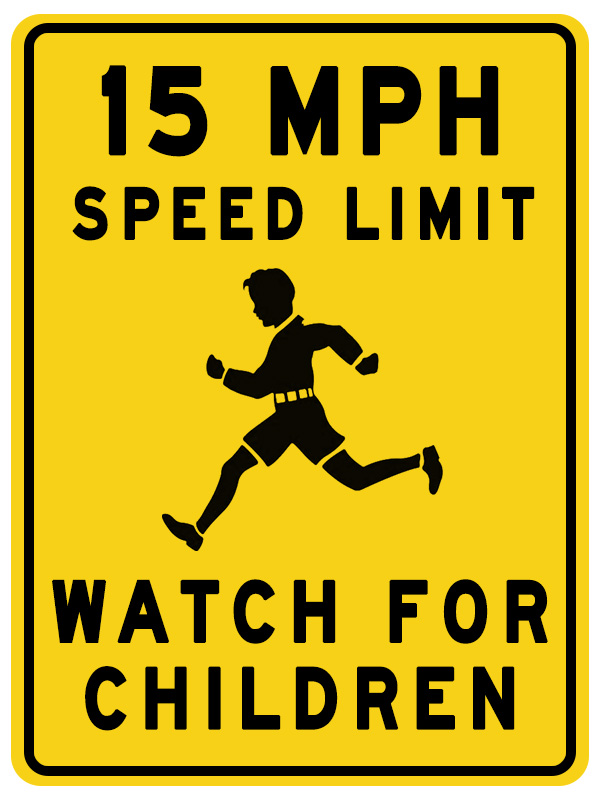
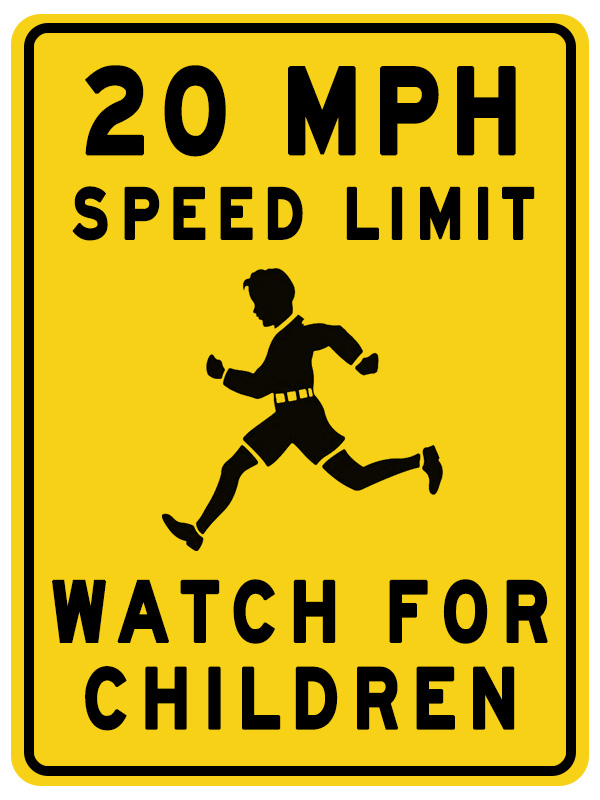
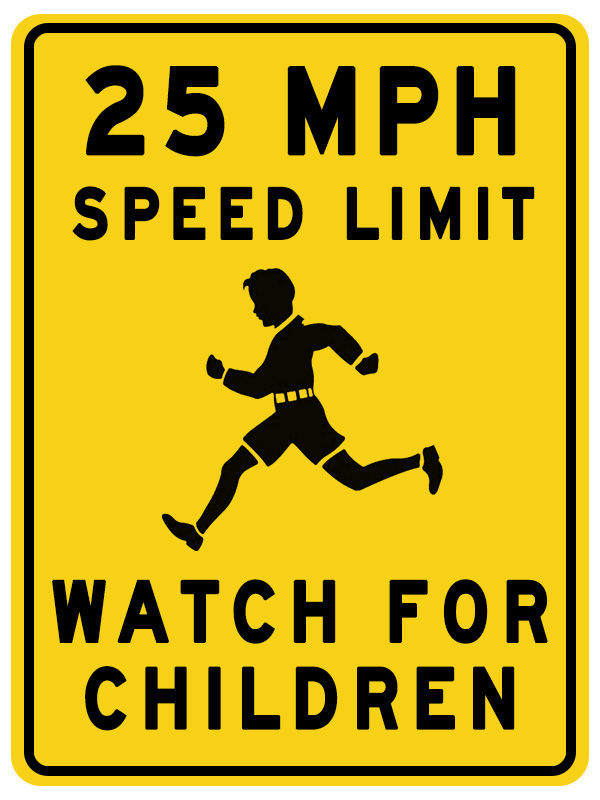
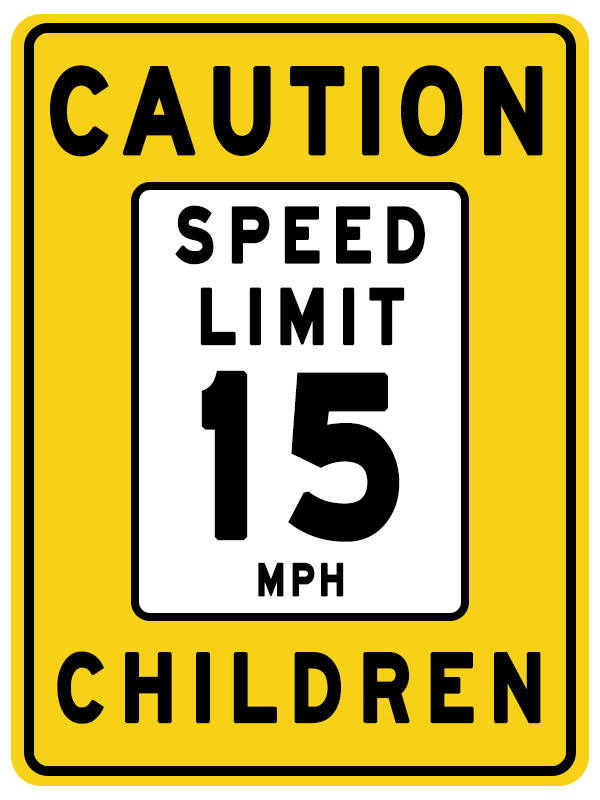
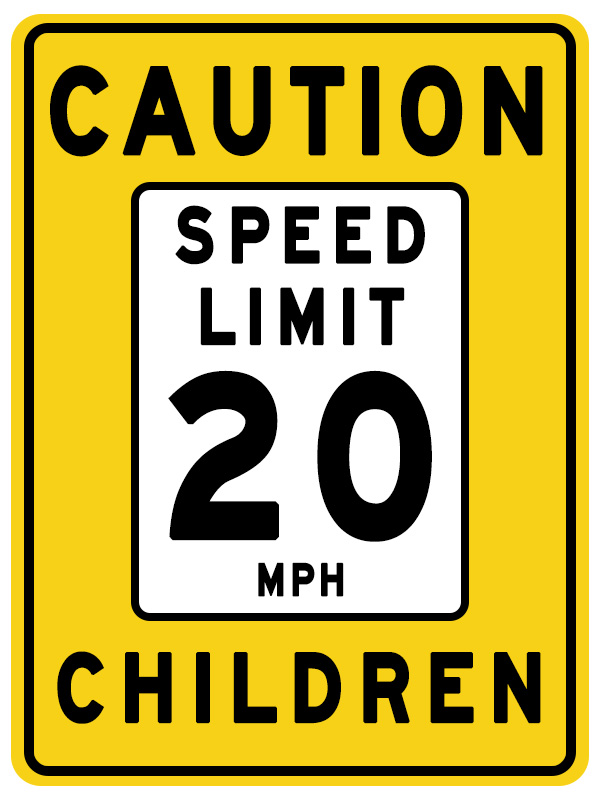
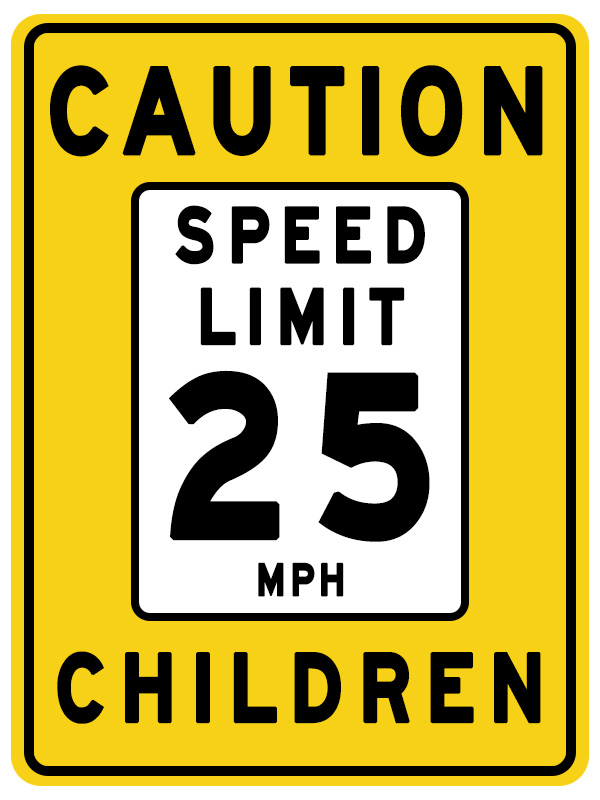
A1: Speed limit signs indicate the maximum legal speed you can drive on a particular road or section.
A2: Speed limits are typically determined based on road design, traffic patterns, and safety considerations. Traffic engineers and transportation authorities assess these factors to establish appropriate speed limits.
A3: No, speed limits can vary depending on the type of road. Highways, residential streets, and urban areas often have different speed limits based on their characteristics and intended use.
A4: Yes, speed limits can change within a road. For example, speed limits might differ in school, work, or areas with increased pedestrian activity.
A5: In the absence of a posted speed limit sign, drivers are expected to adhere to the default speed limits set by local traffic laws. These default limits are usually based on the type of road (e.g., urban, rural) and are typically lower than posted speed limits.
A6: No, exceeding the posted speed limit is generally not permissible, even if other drivers drive faster. Speed limits are set to promote safety; exceeding them can increase the risk of accidents.
A7: Consequences for exceeding the speed limit include fines, penalties, points on your driving record, increased insurance premiums, and sometimes, license suspension or revocation.
A8: Yes, speed limits usually apply at all times unless otherwise indicated. However, particular areas may have variable speed limits during different times of the day or in response to specific conditions (e.g., reduced speed limits during inclement weather).
A9: If there are no speed limit signs, you can refer to local traffic laws or check with the local transportation or traffic authorities to determine the speed limit in a specific area.